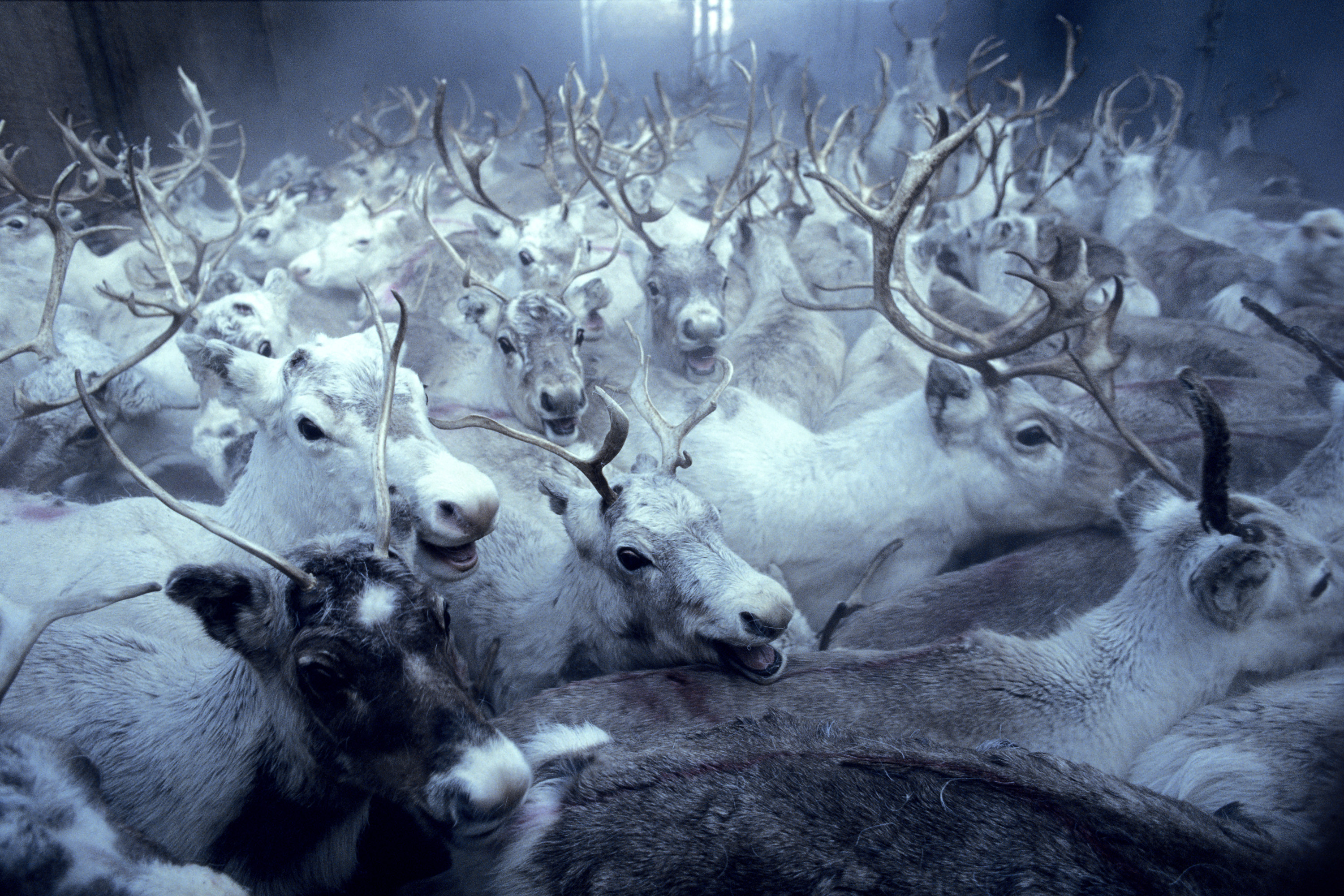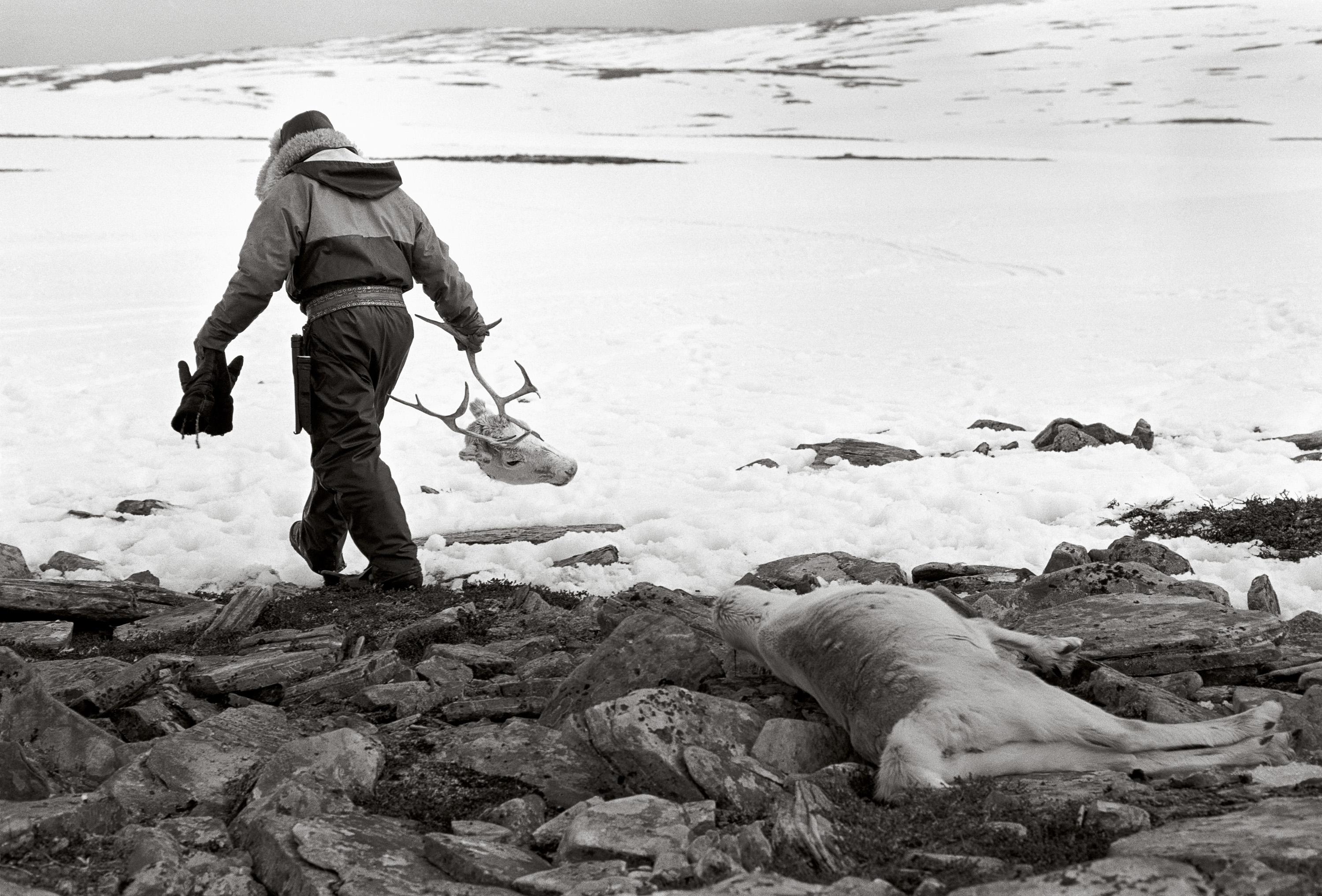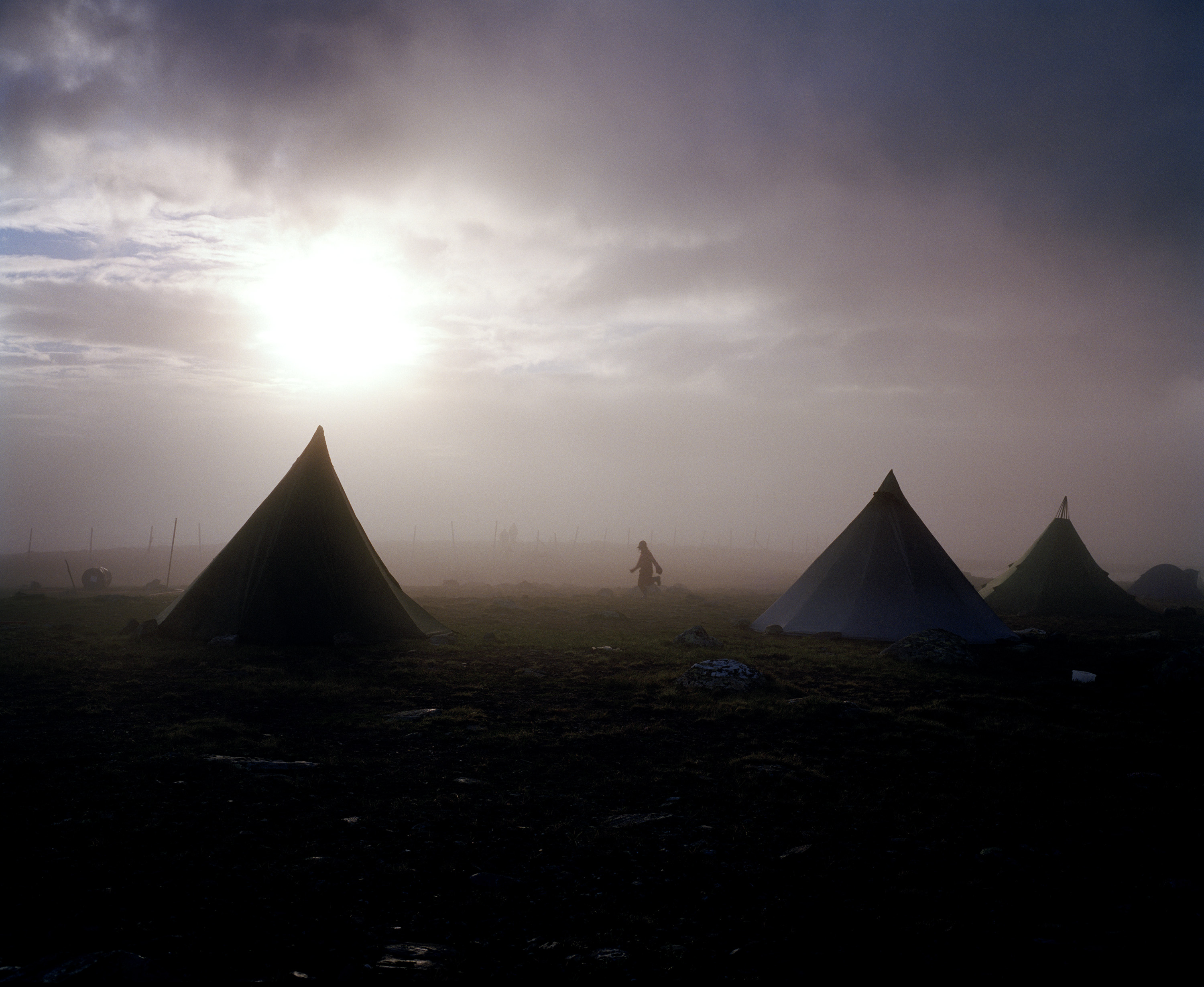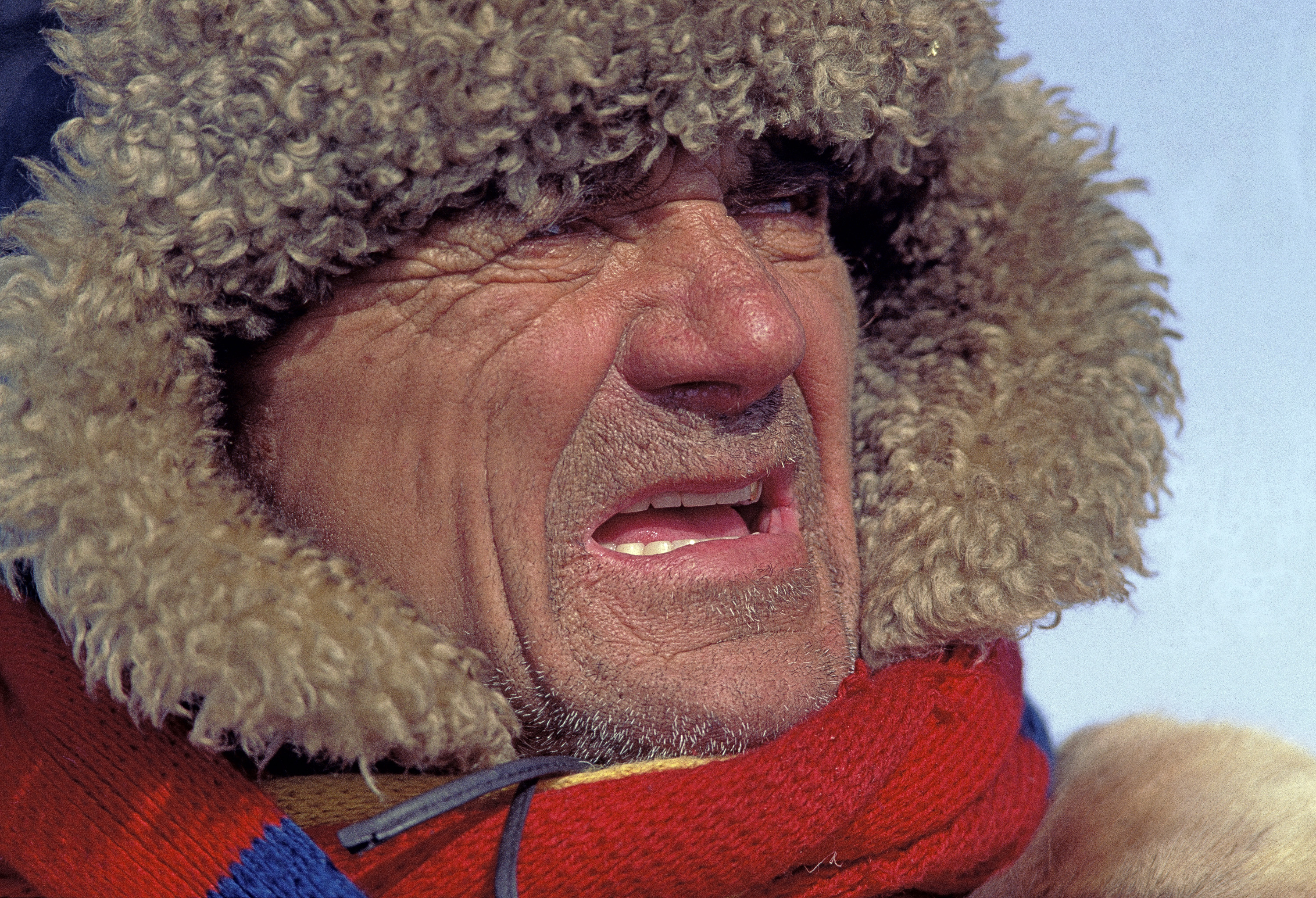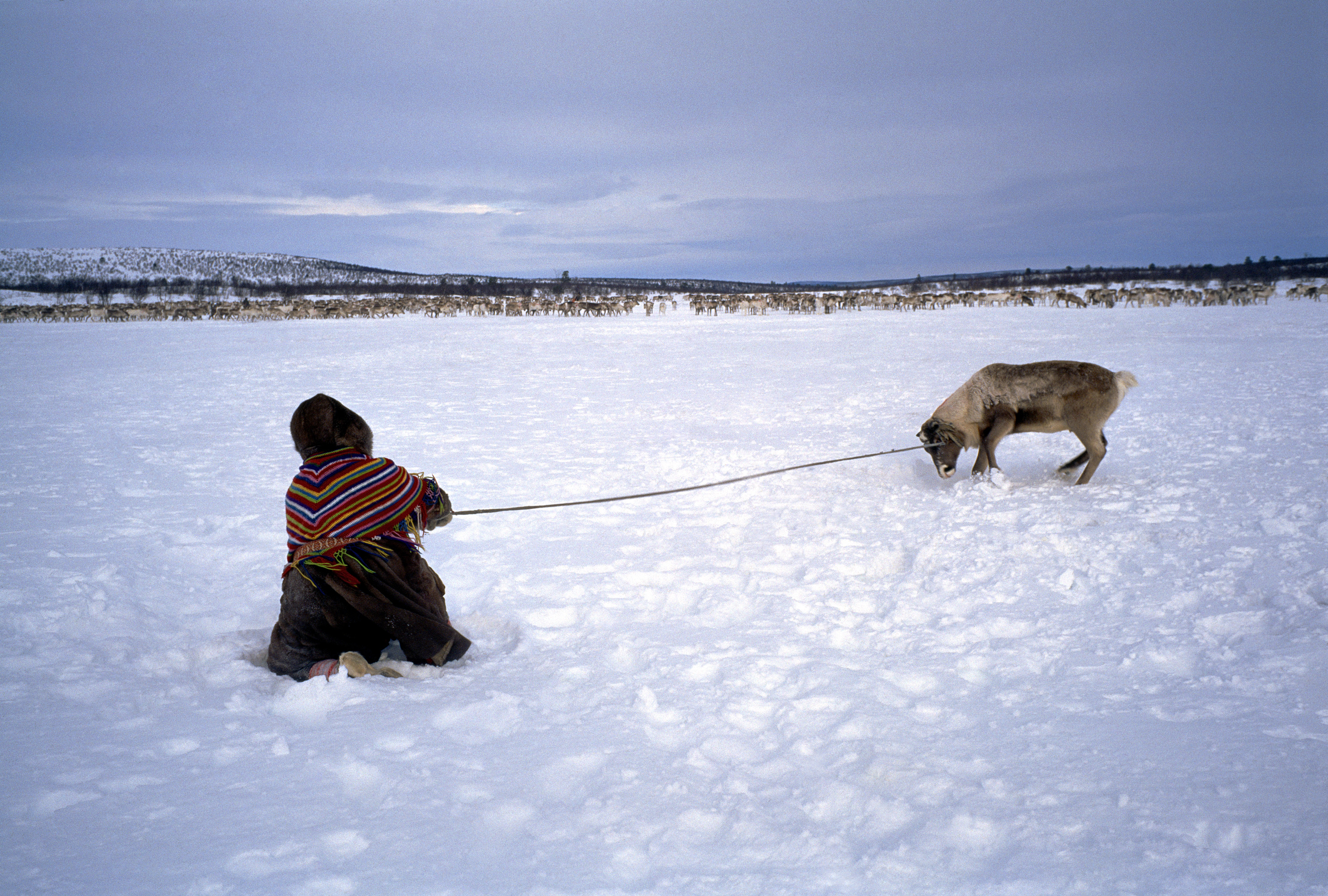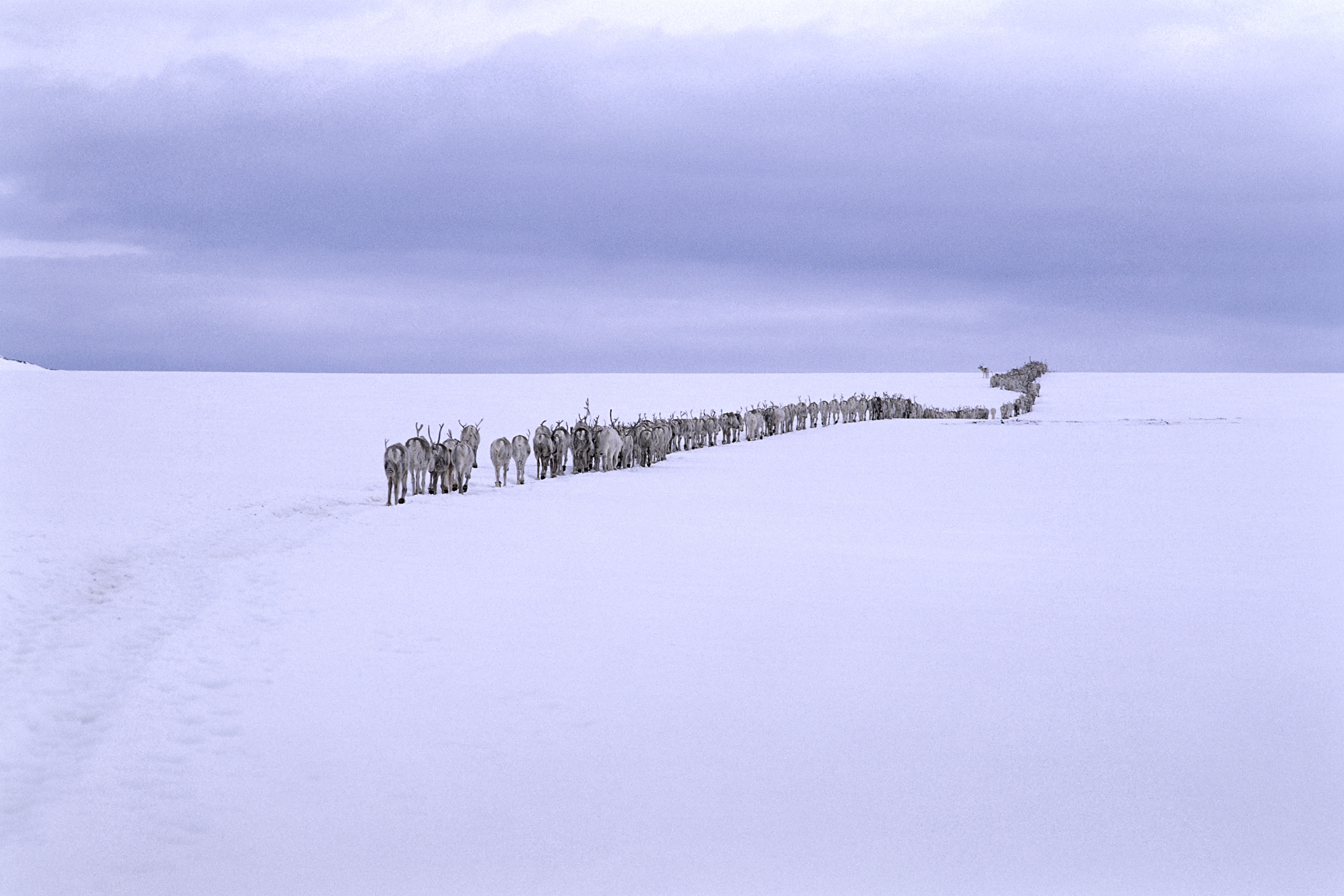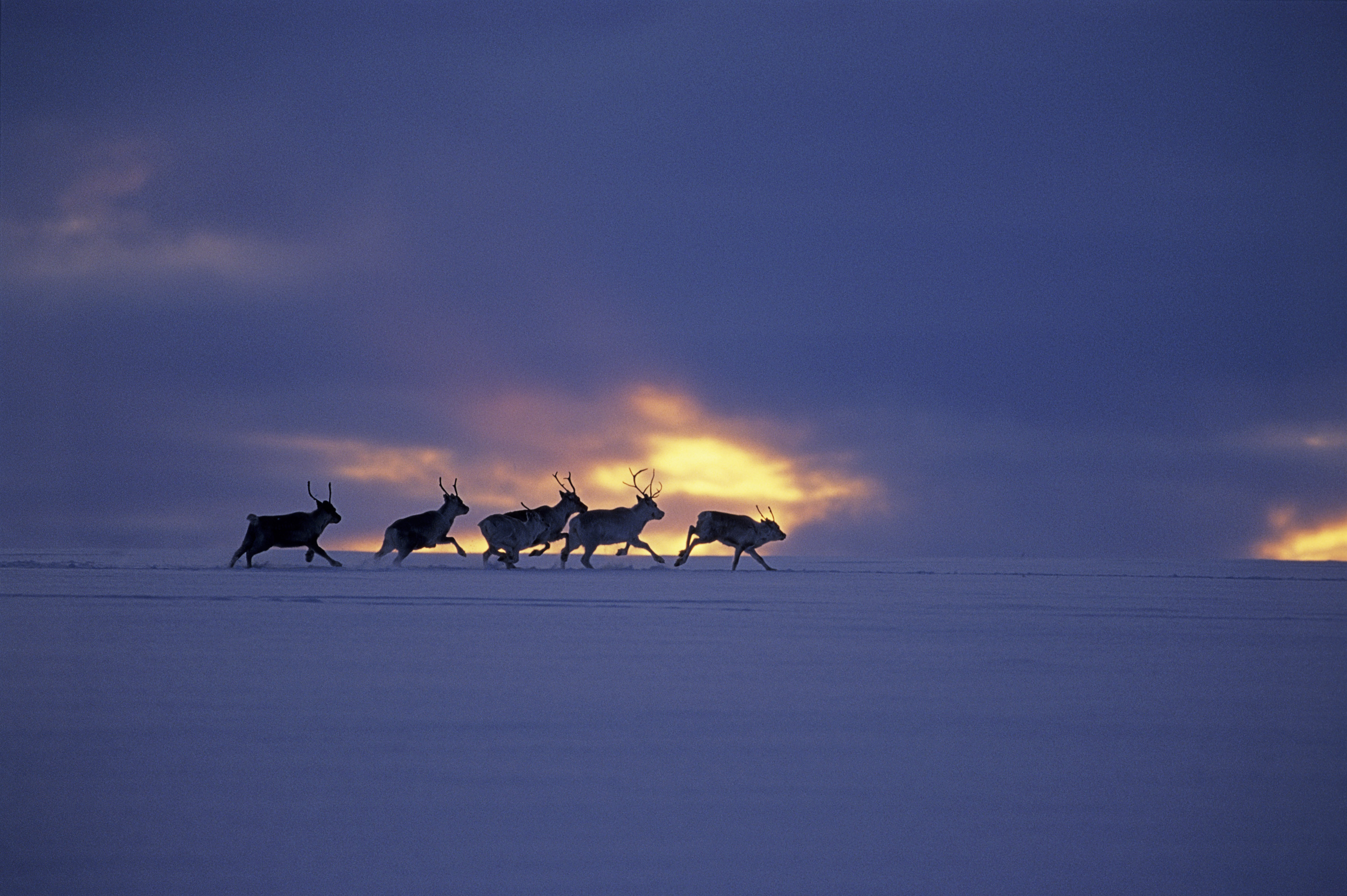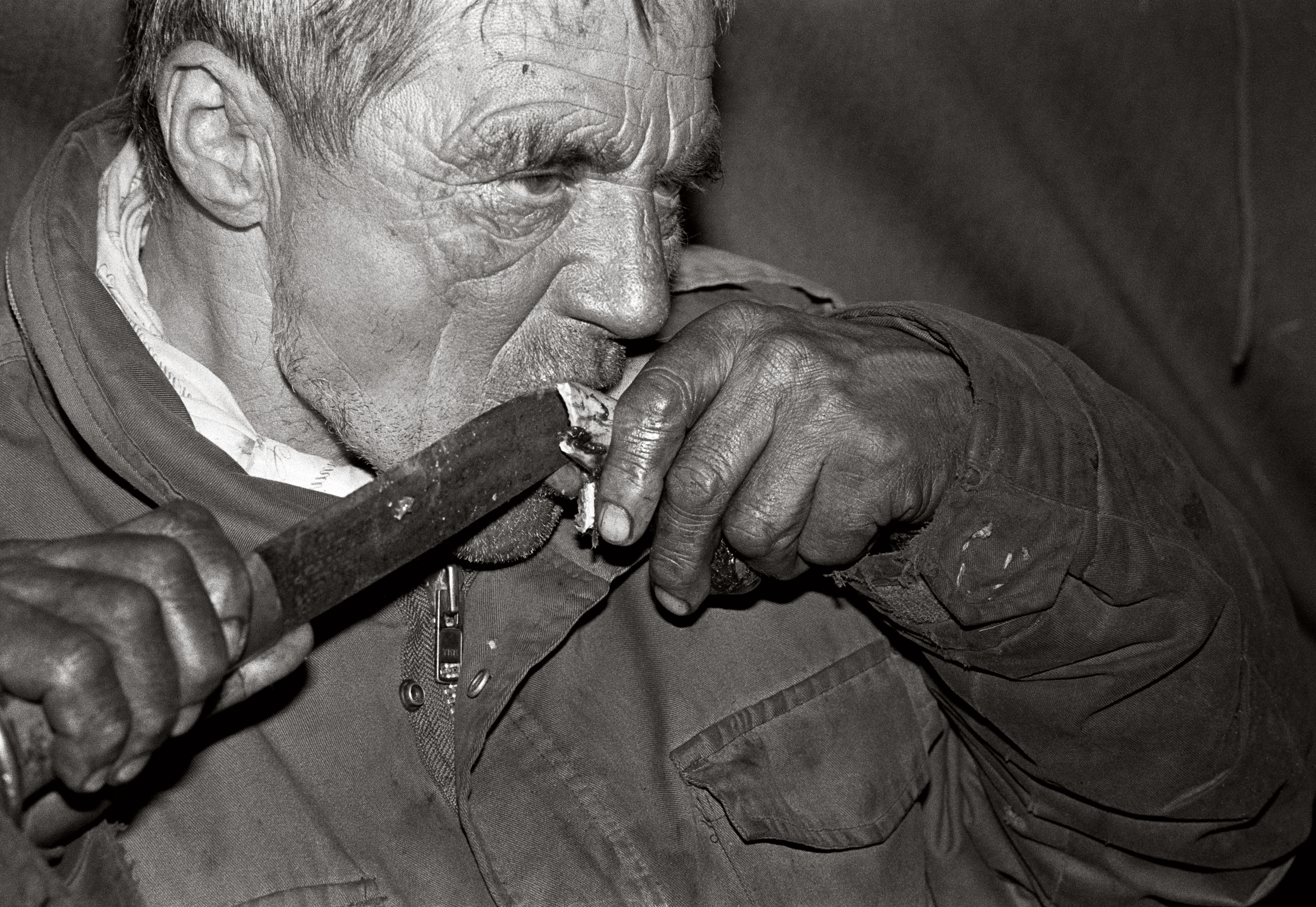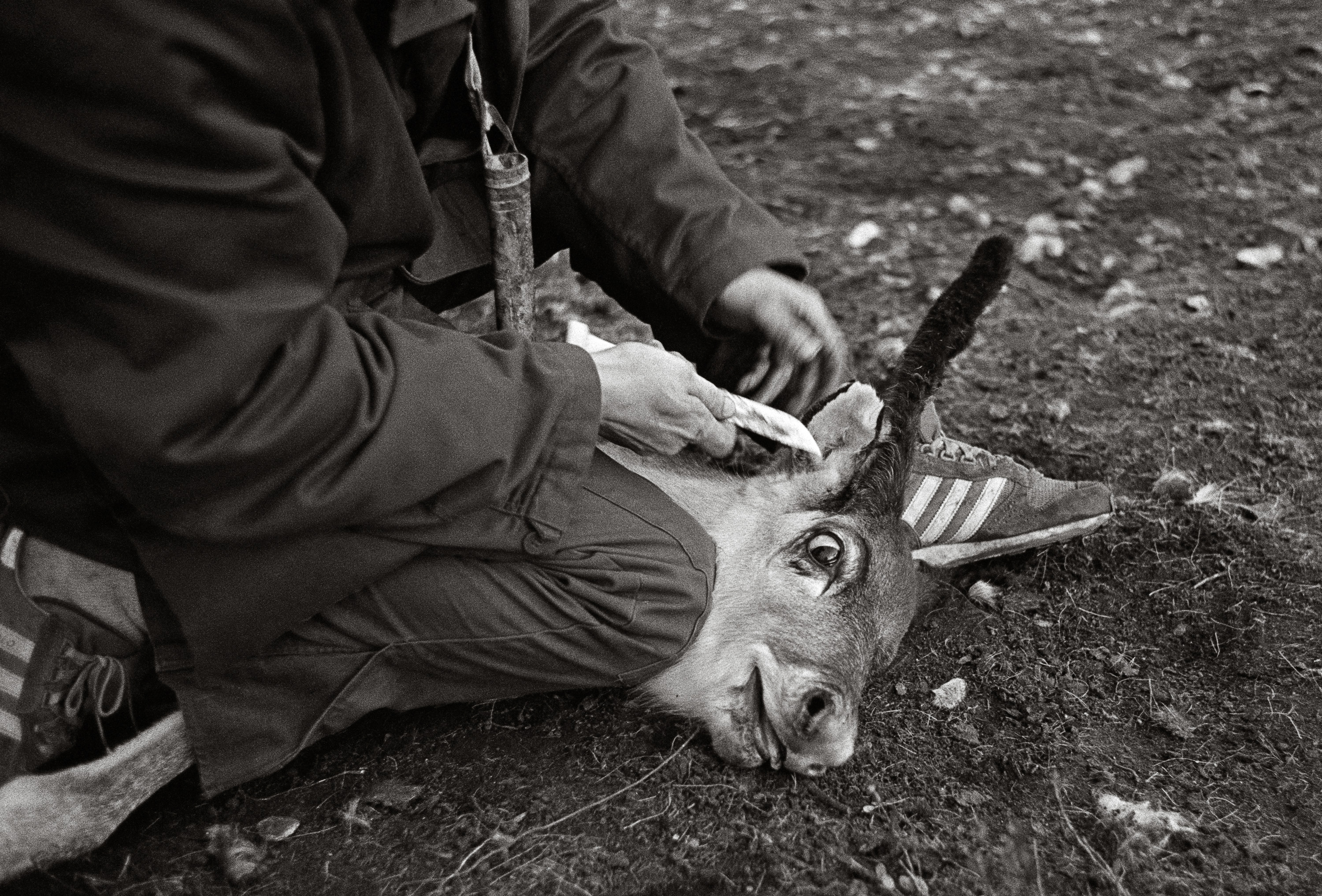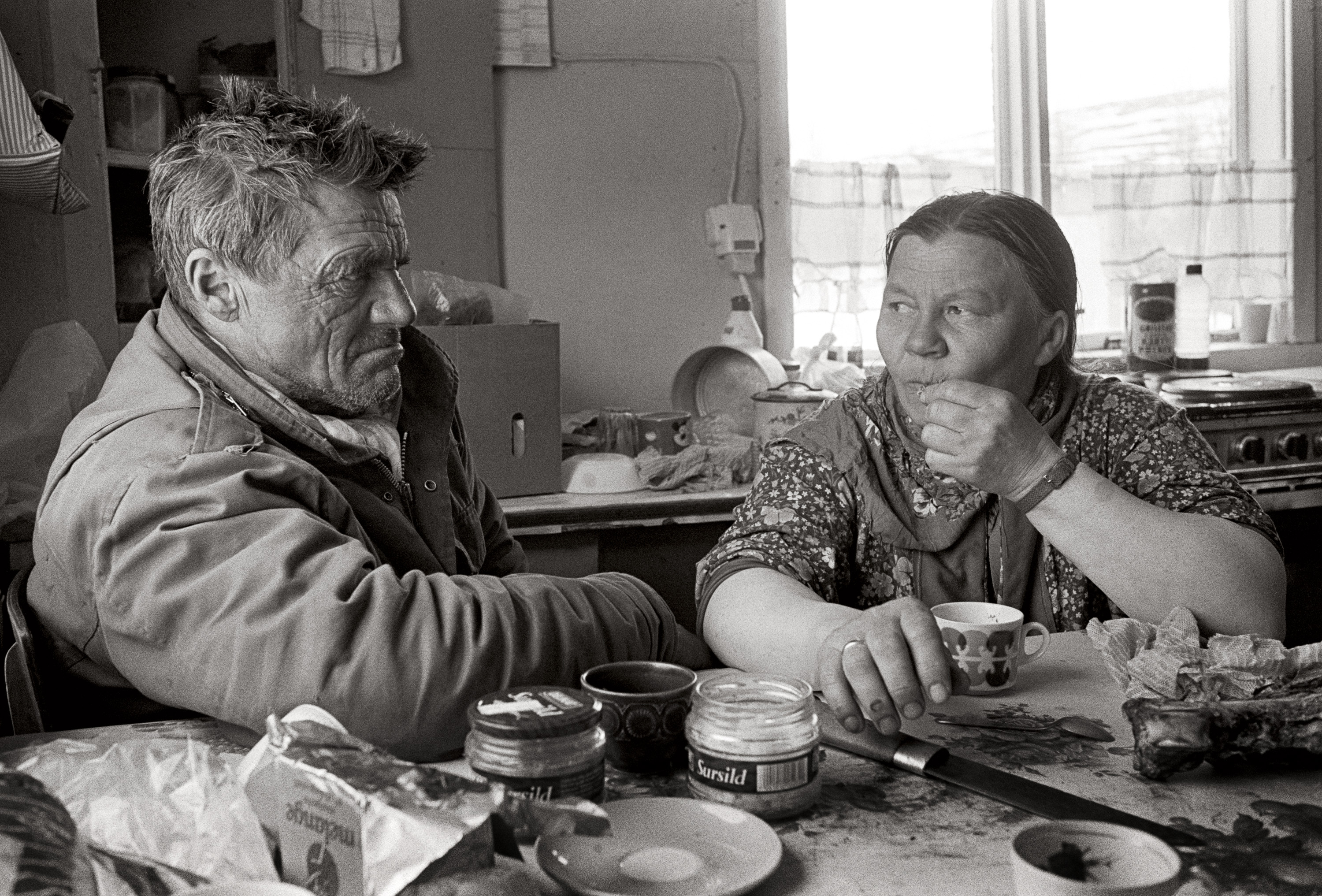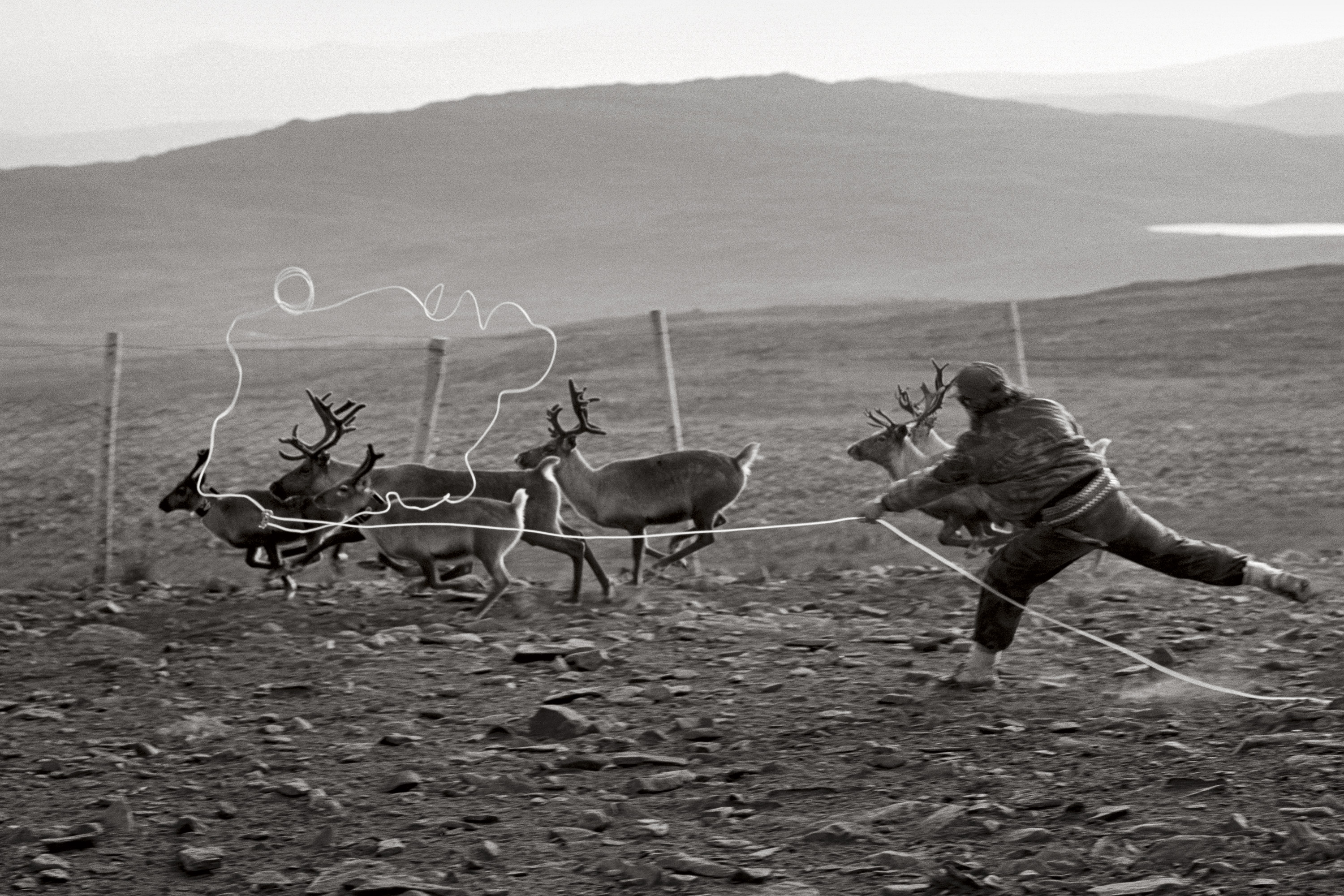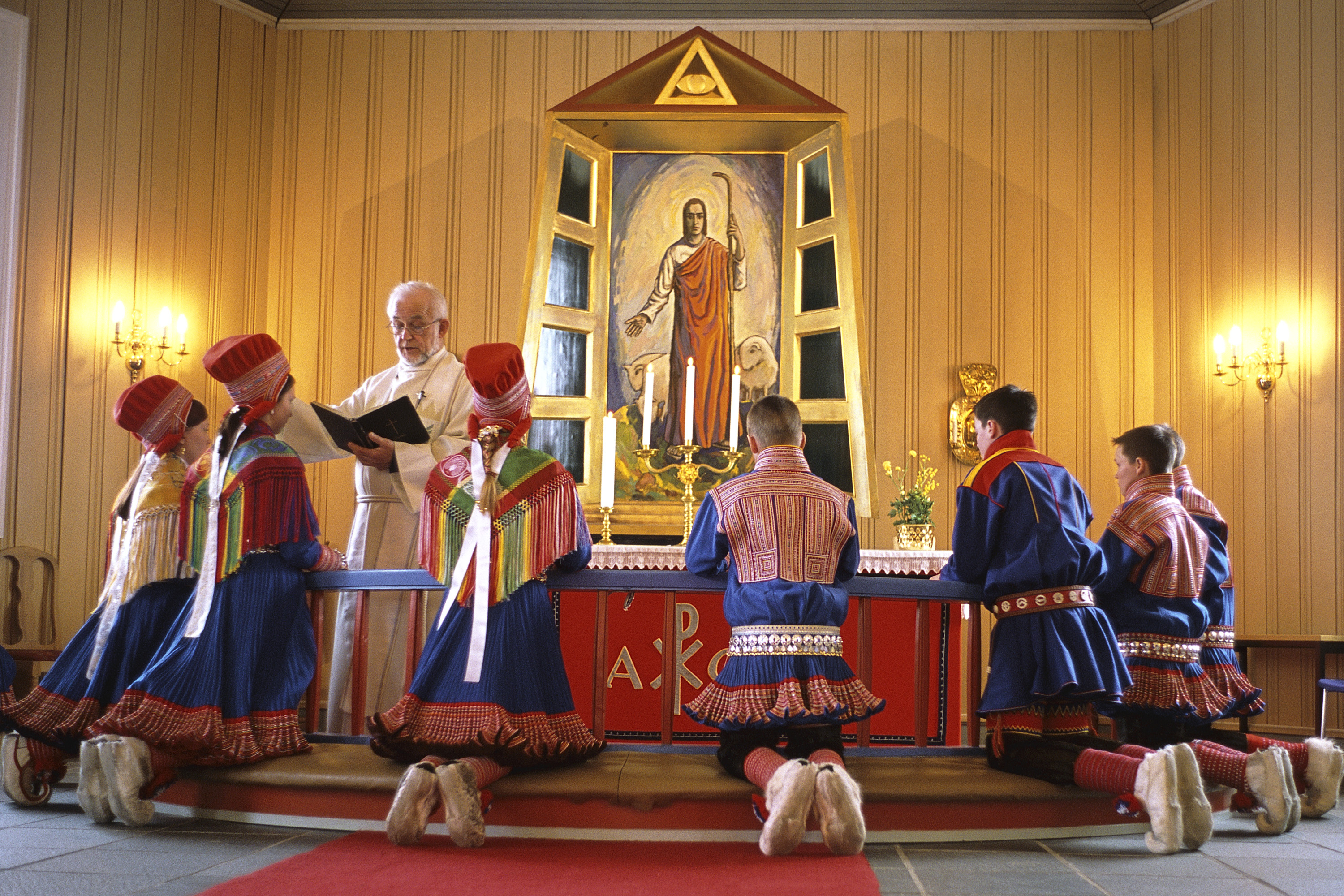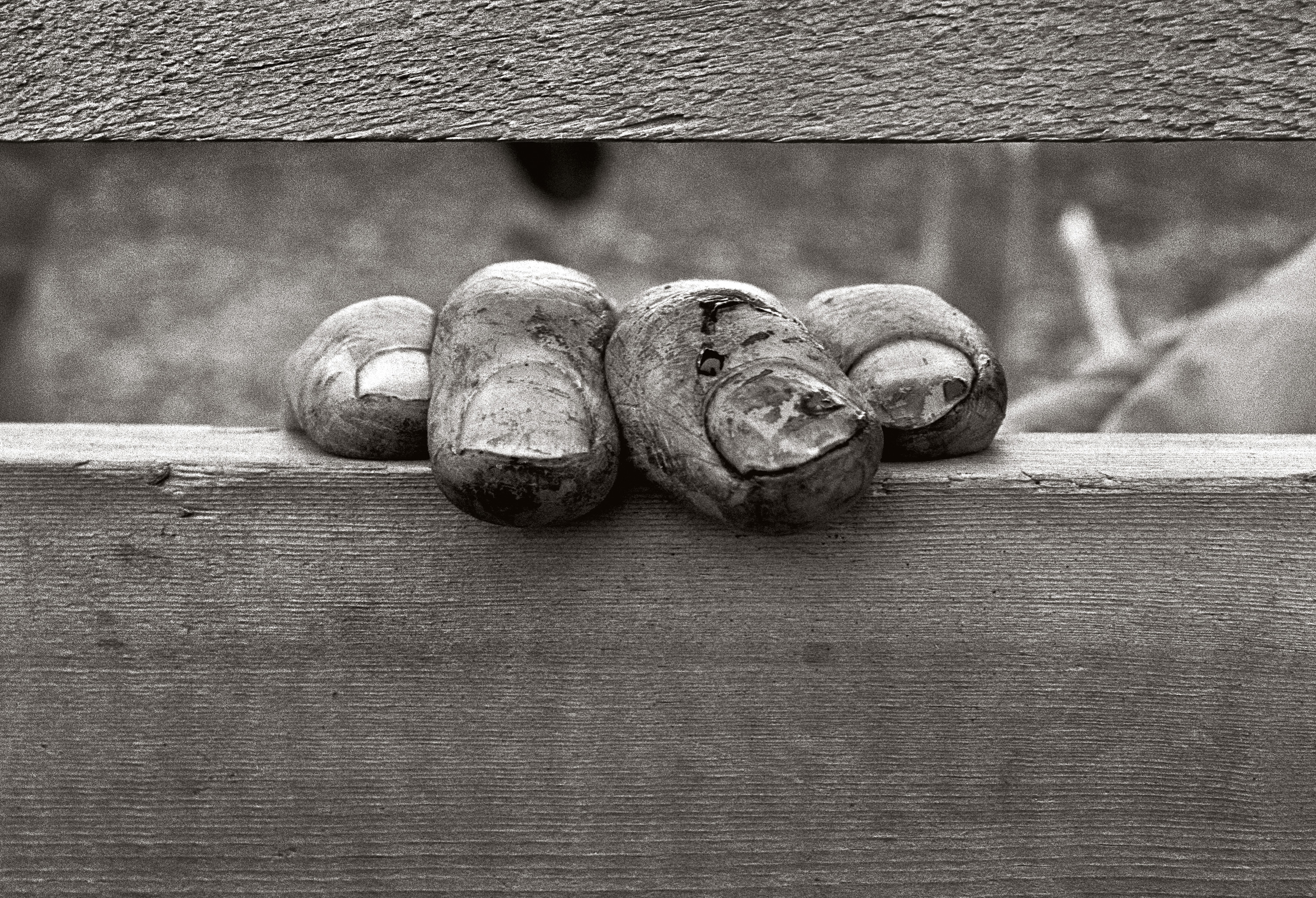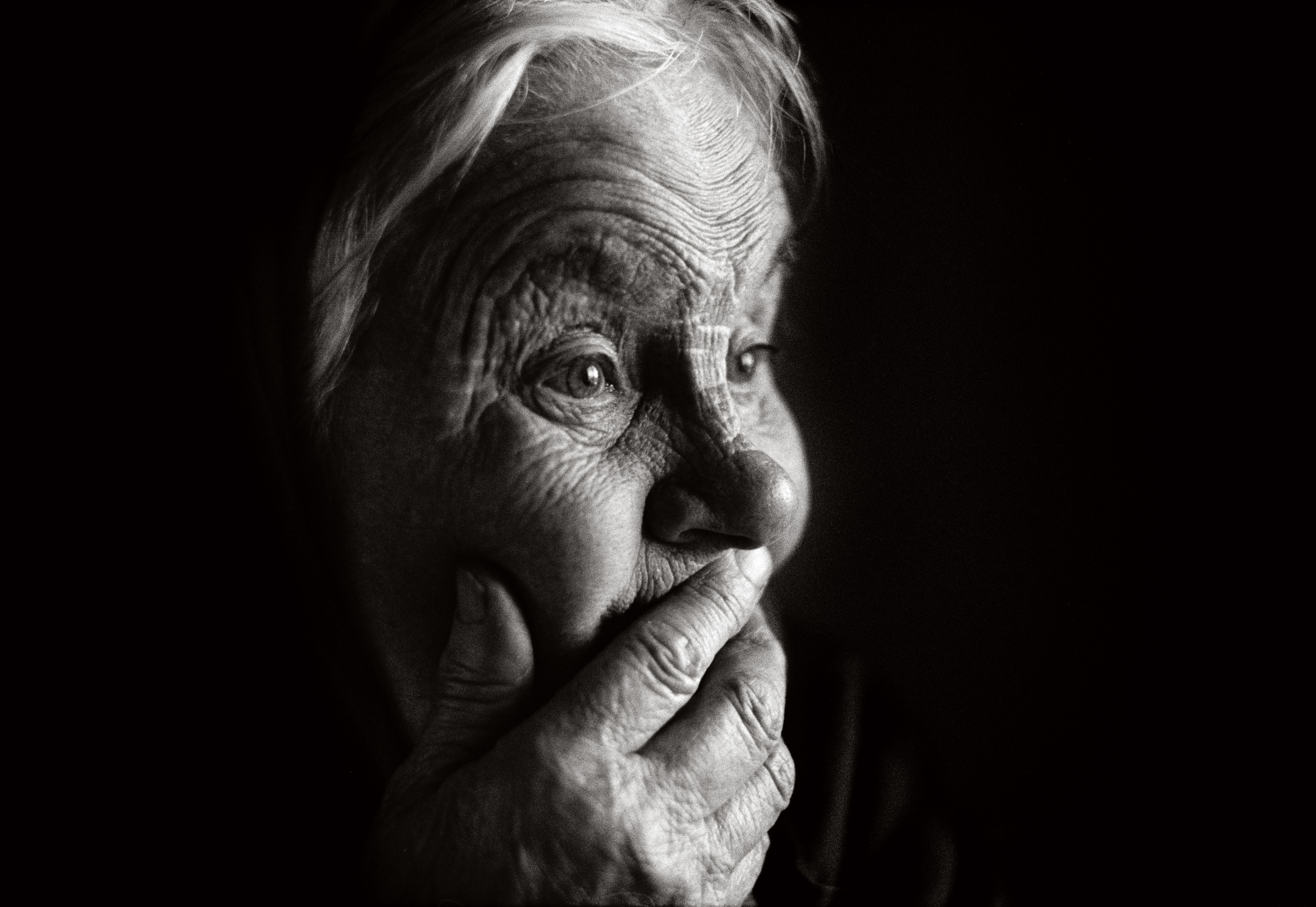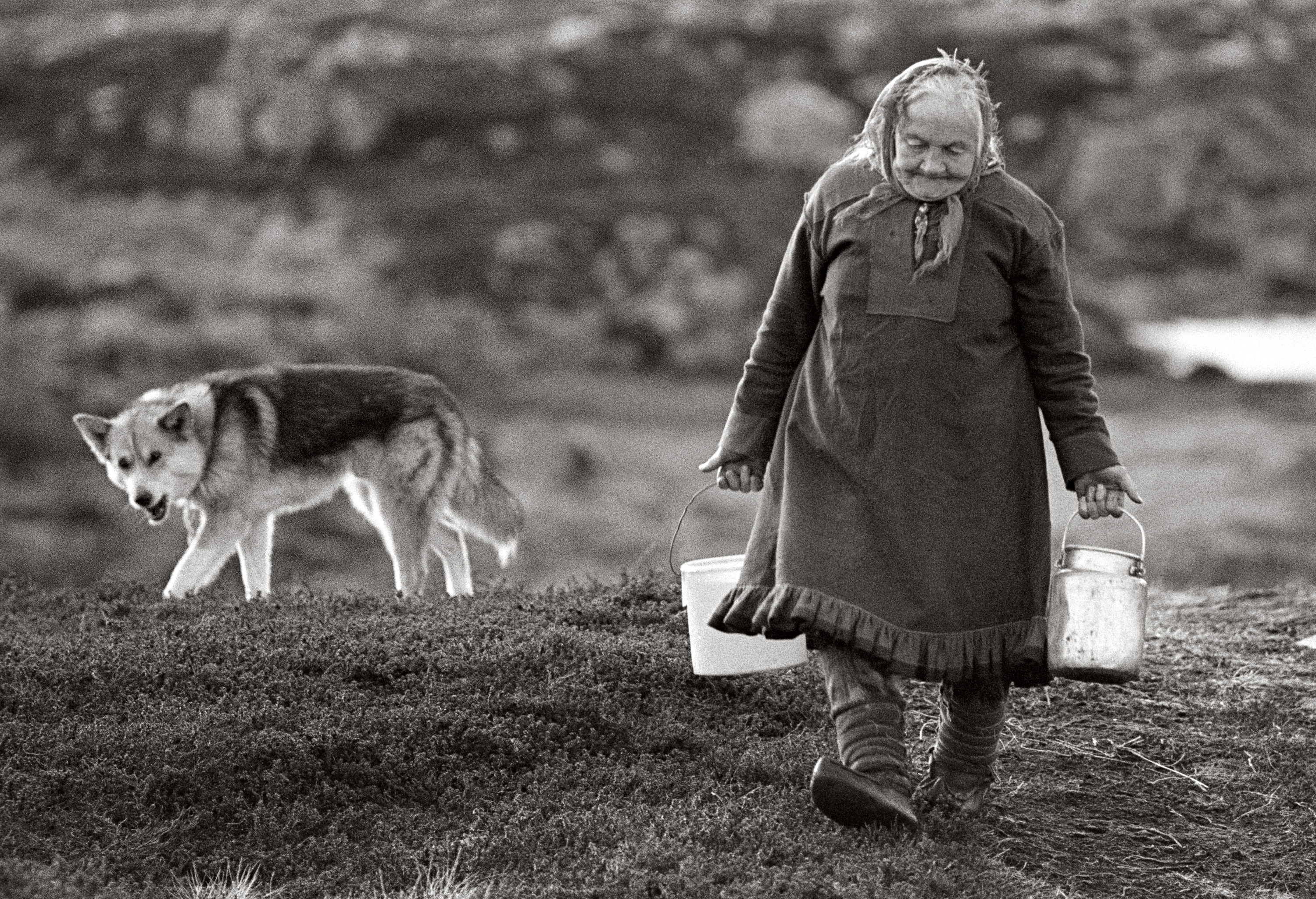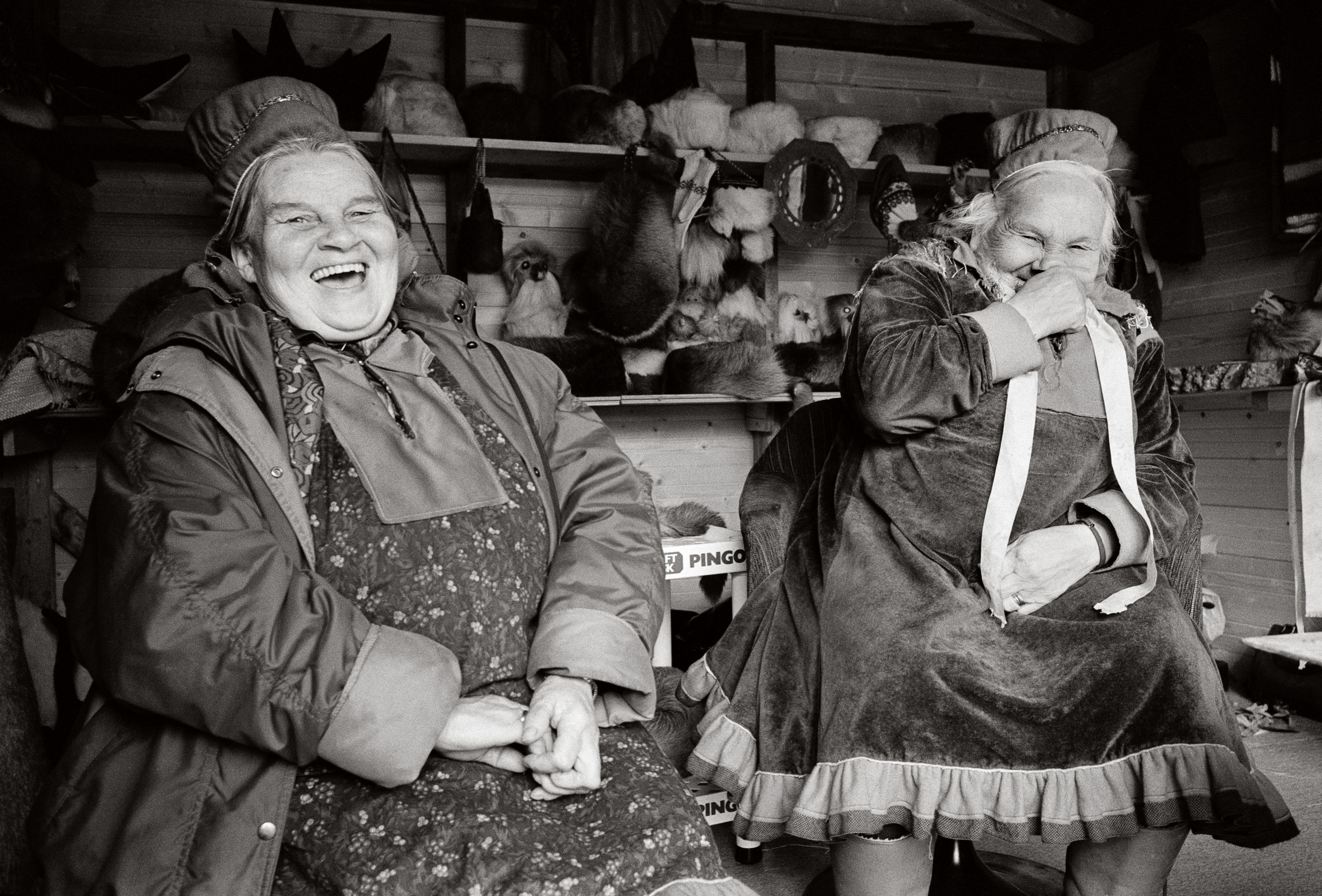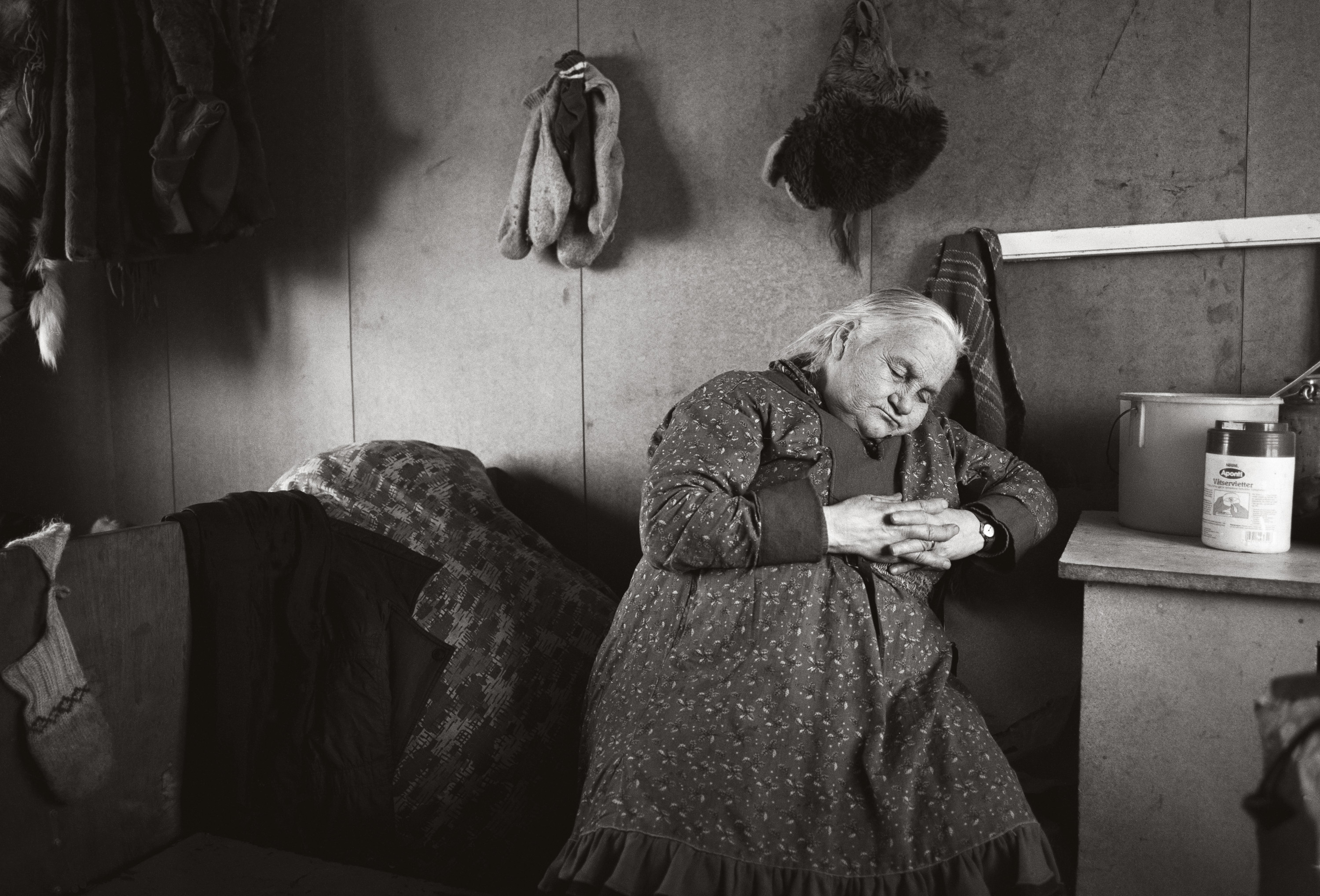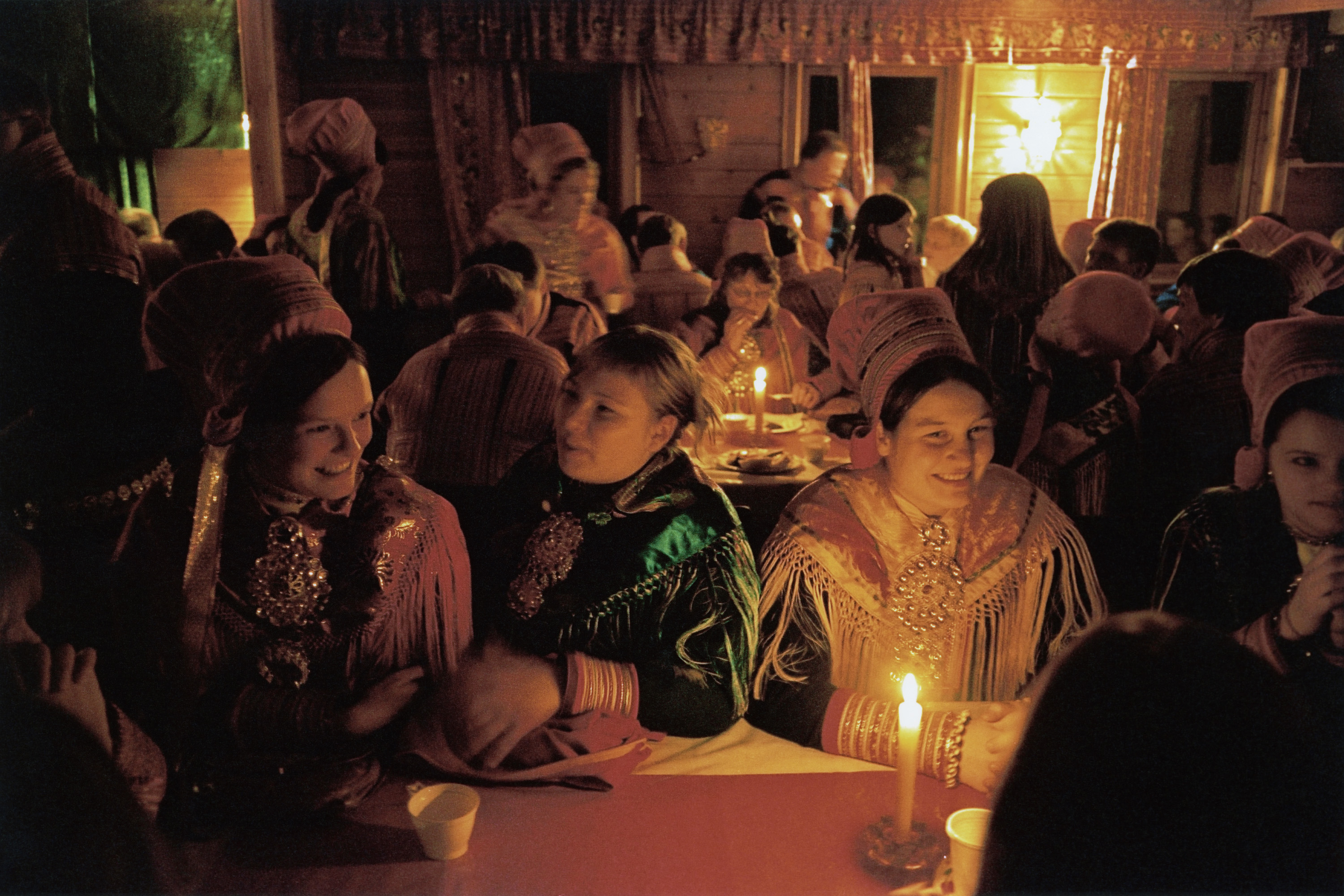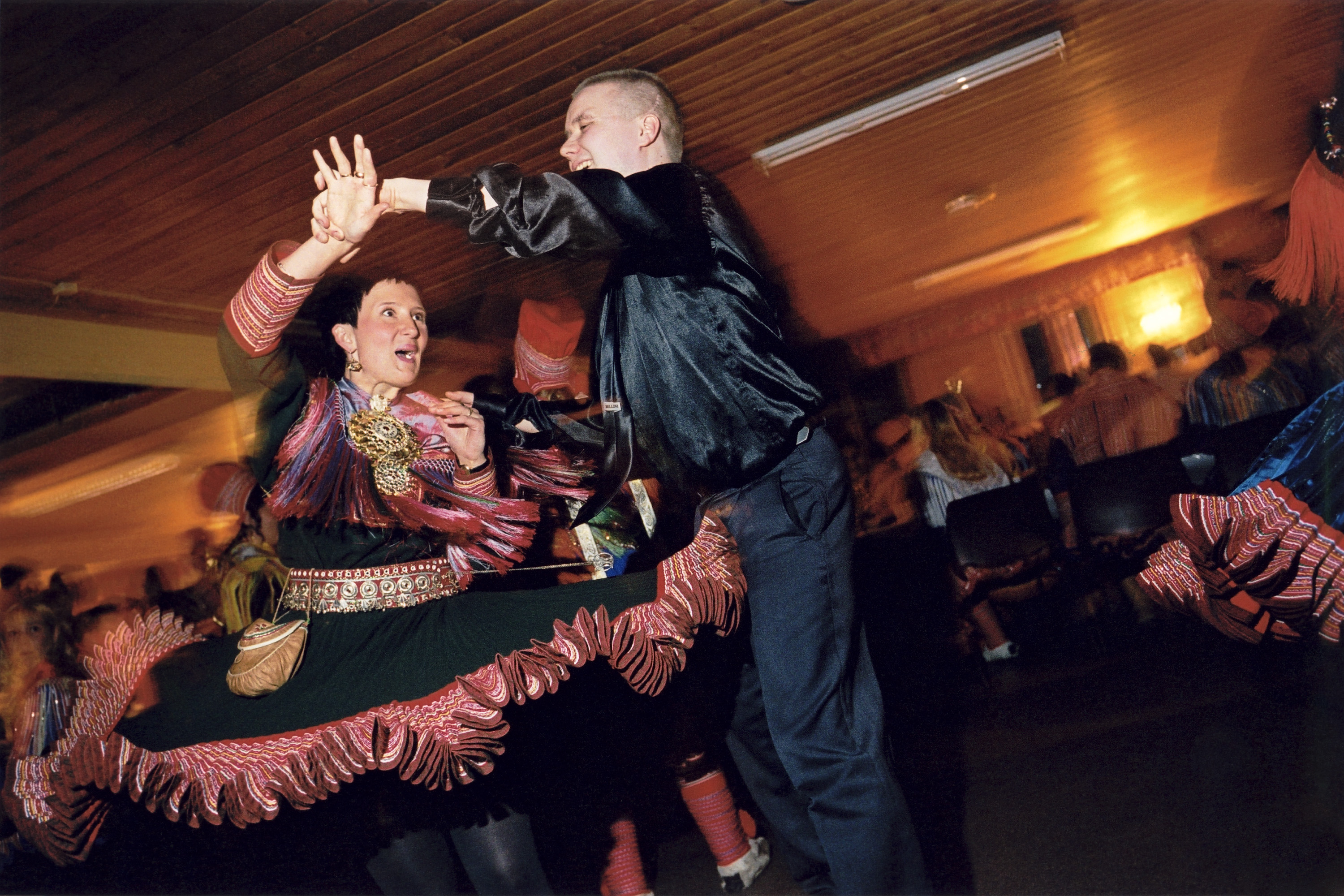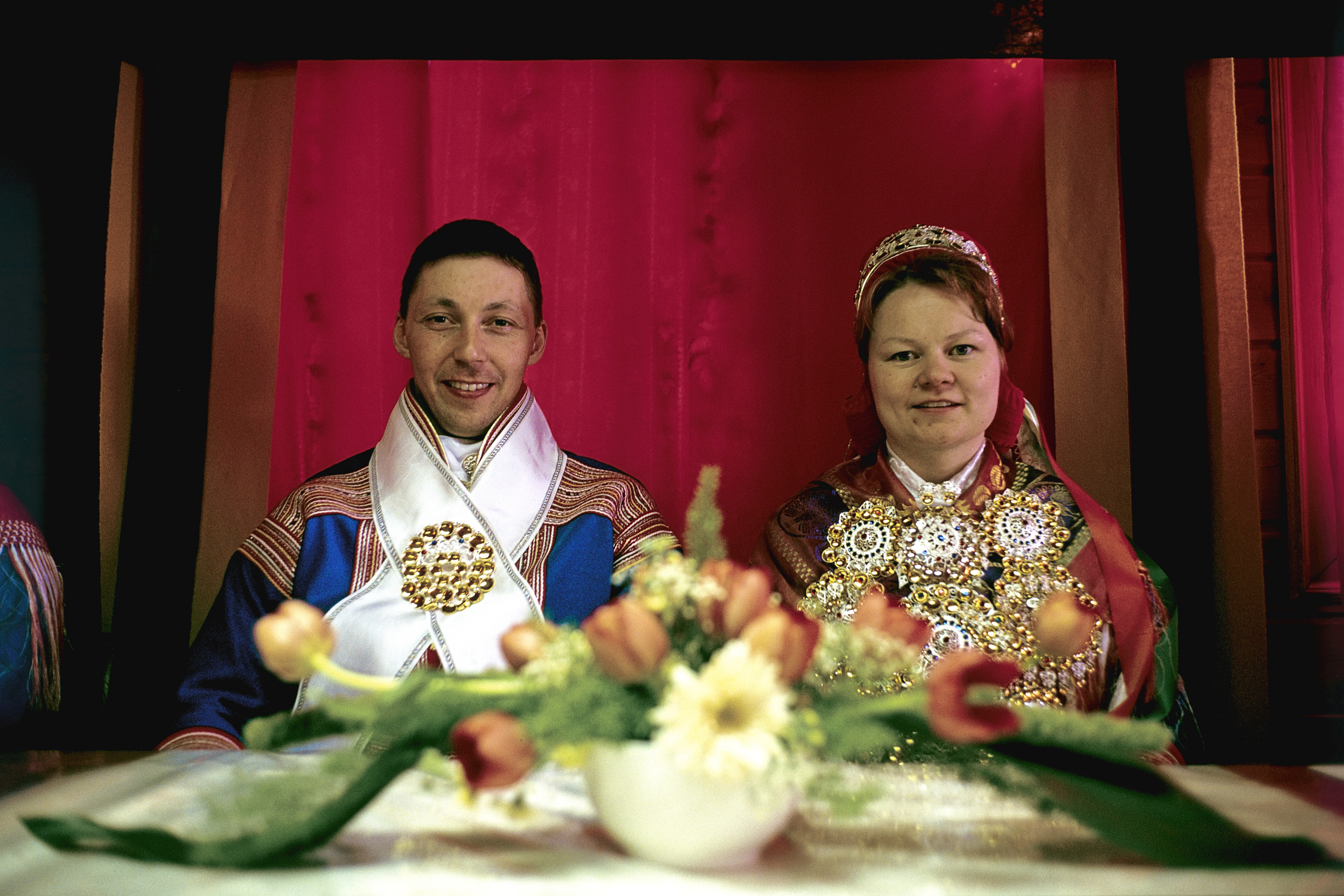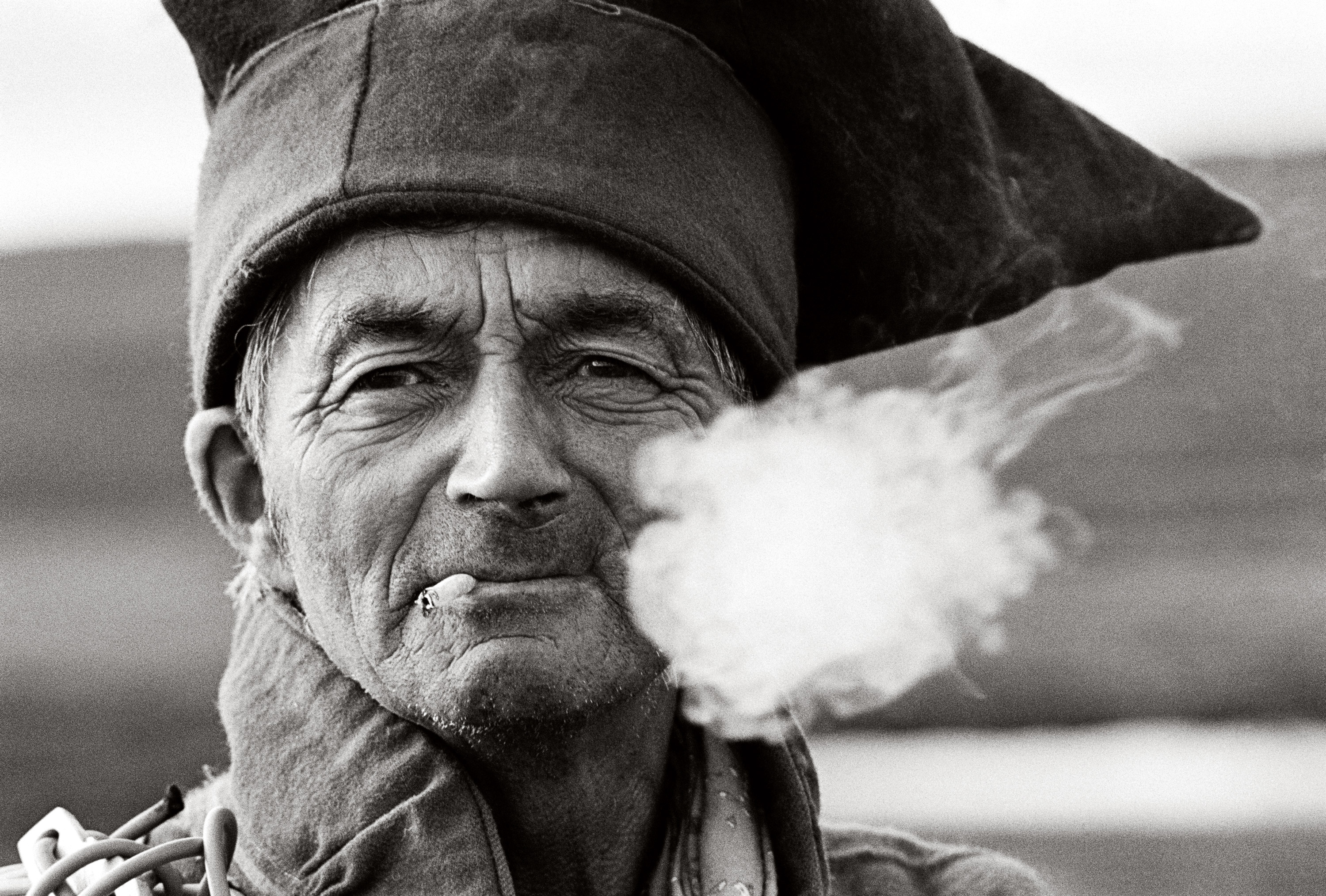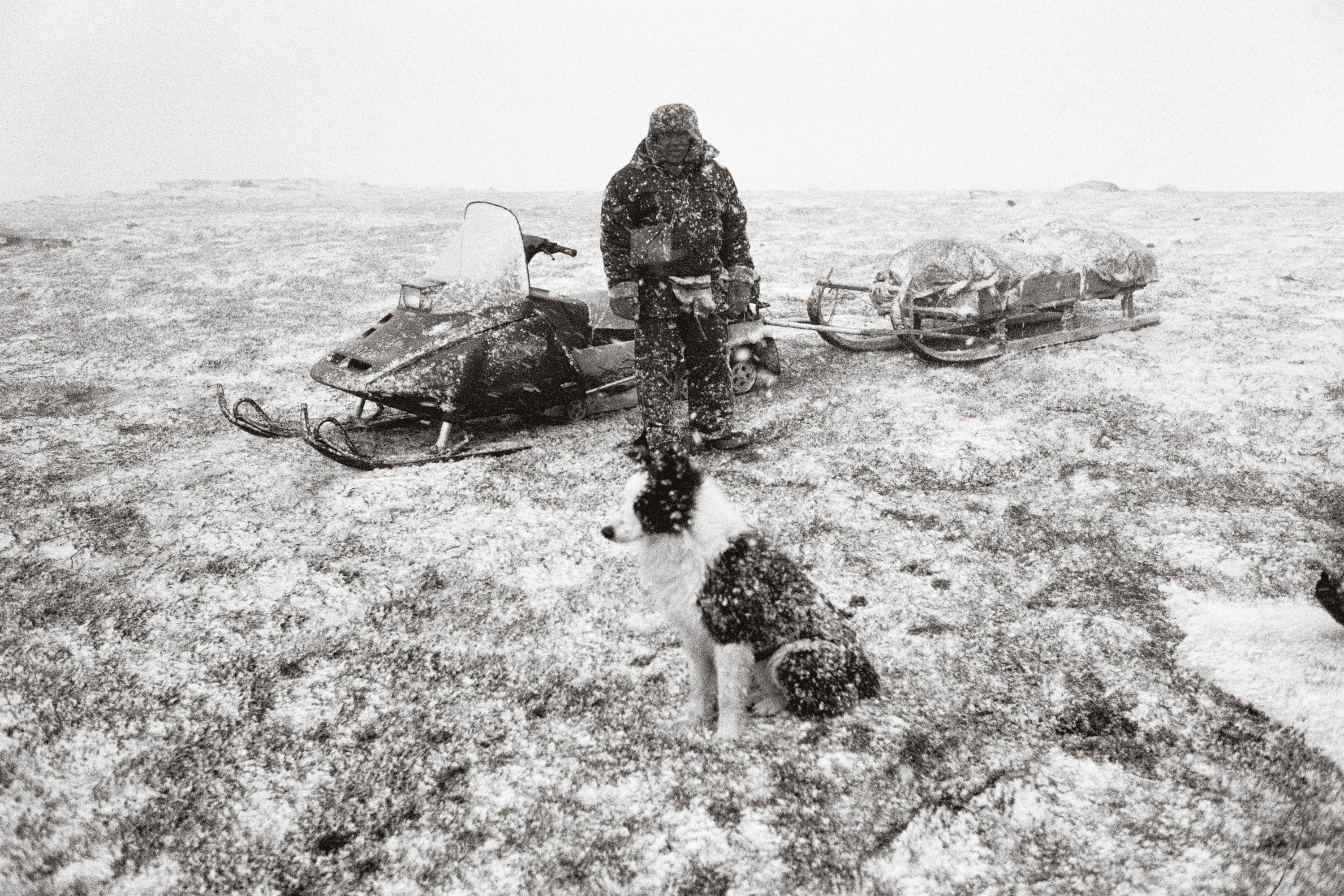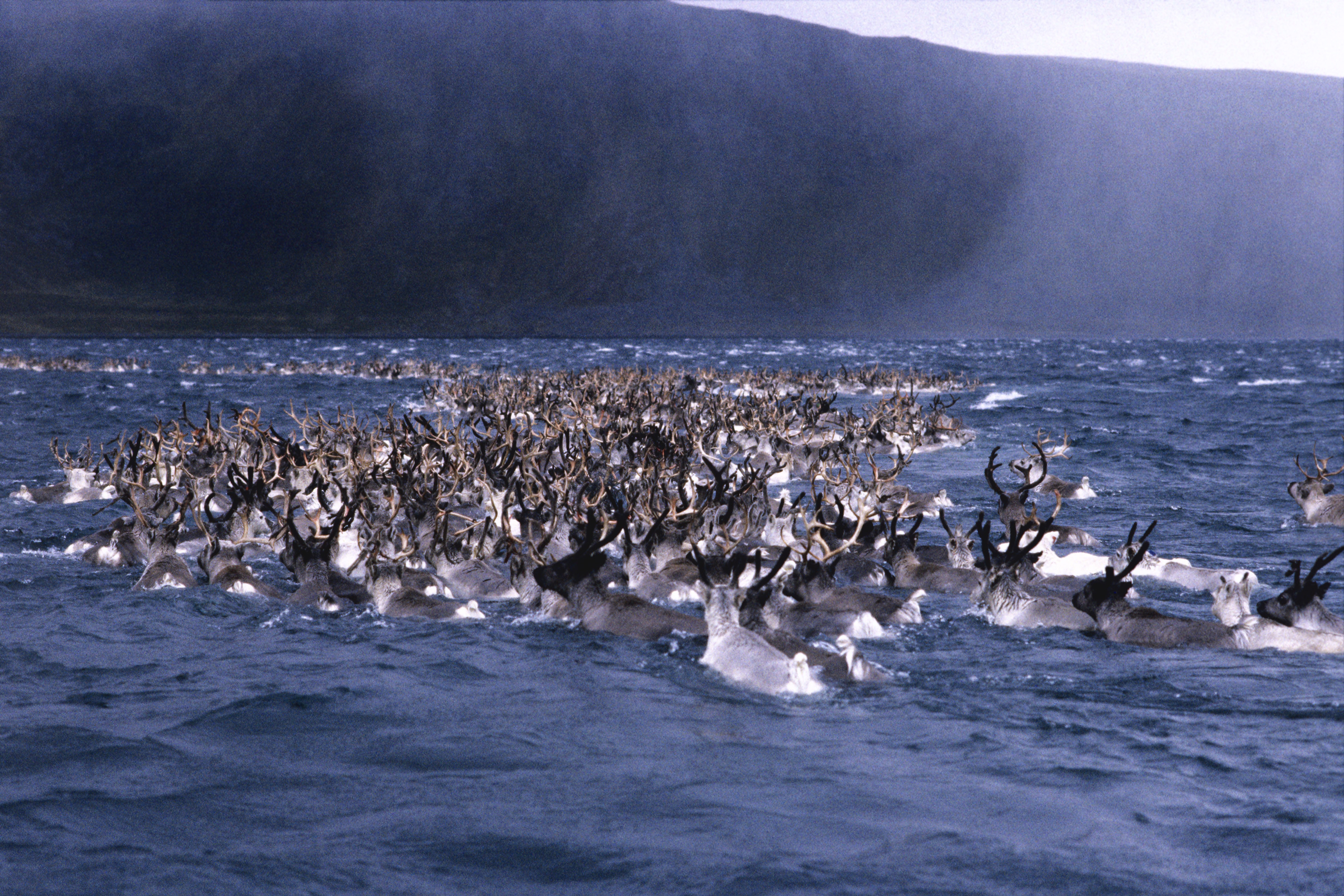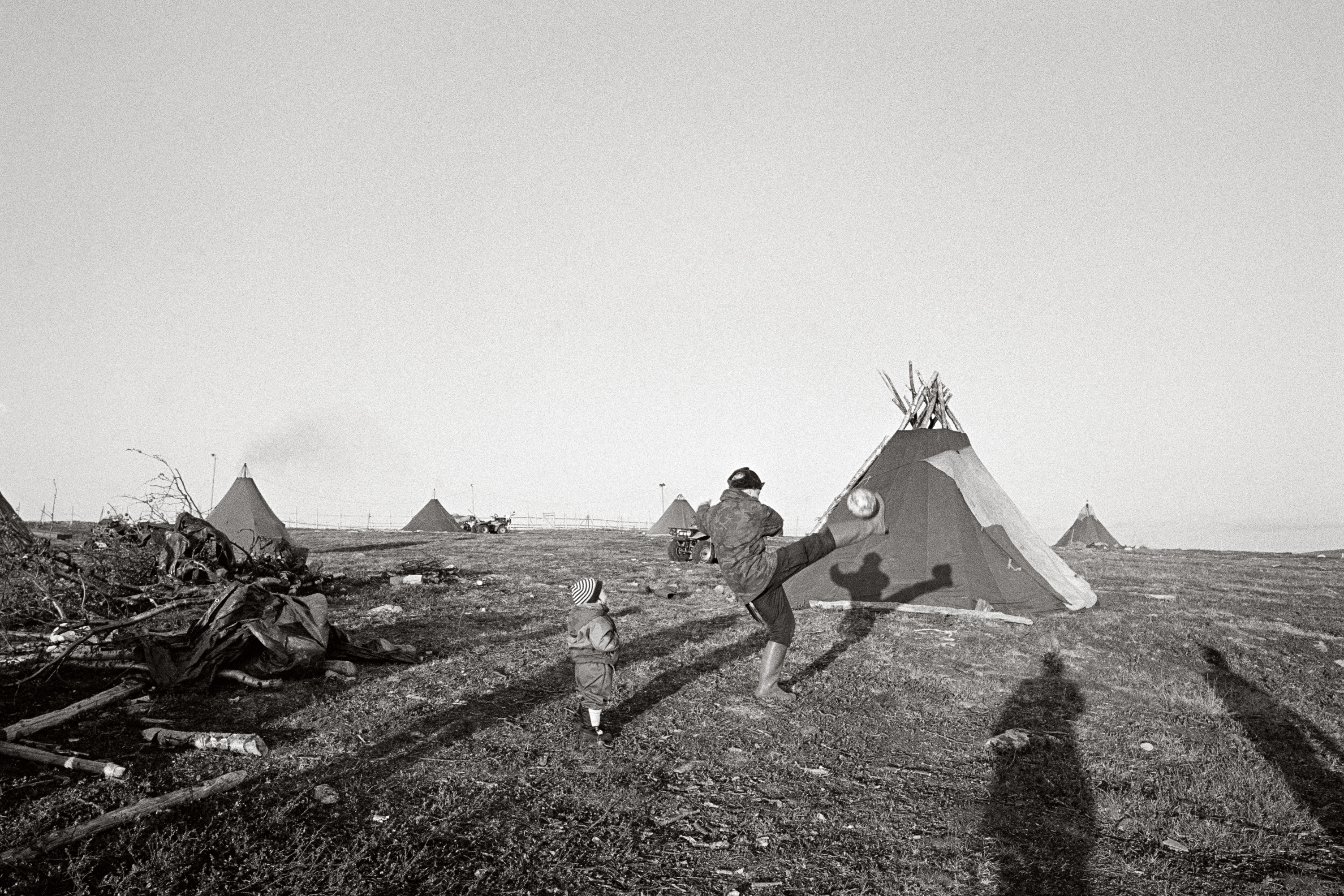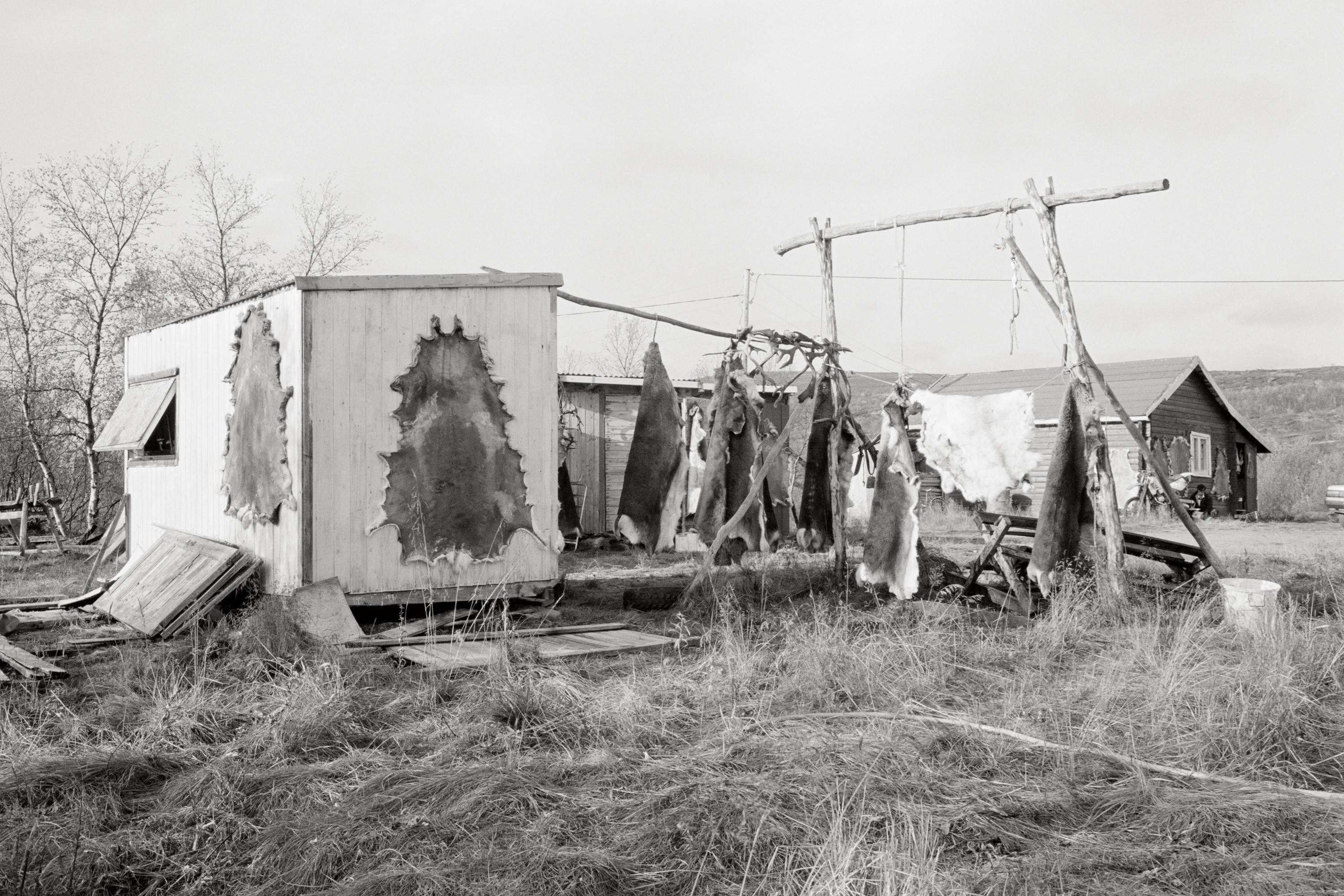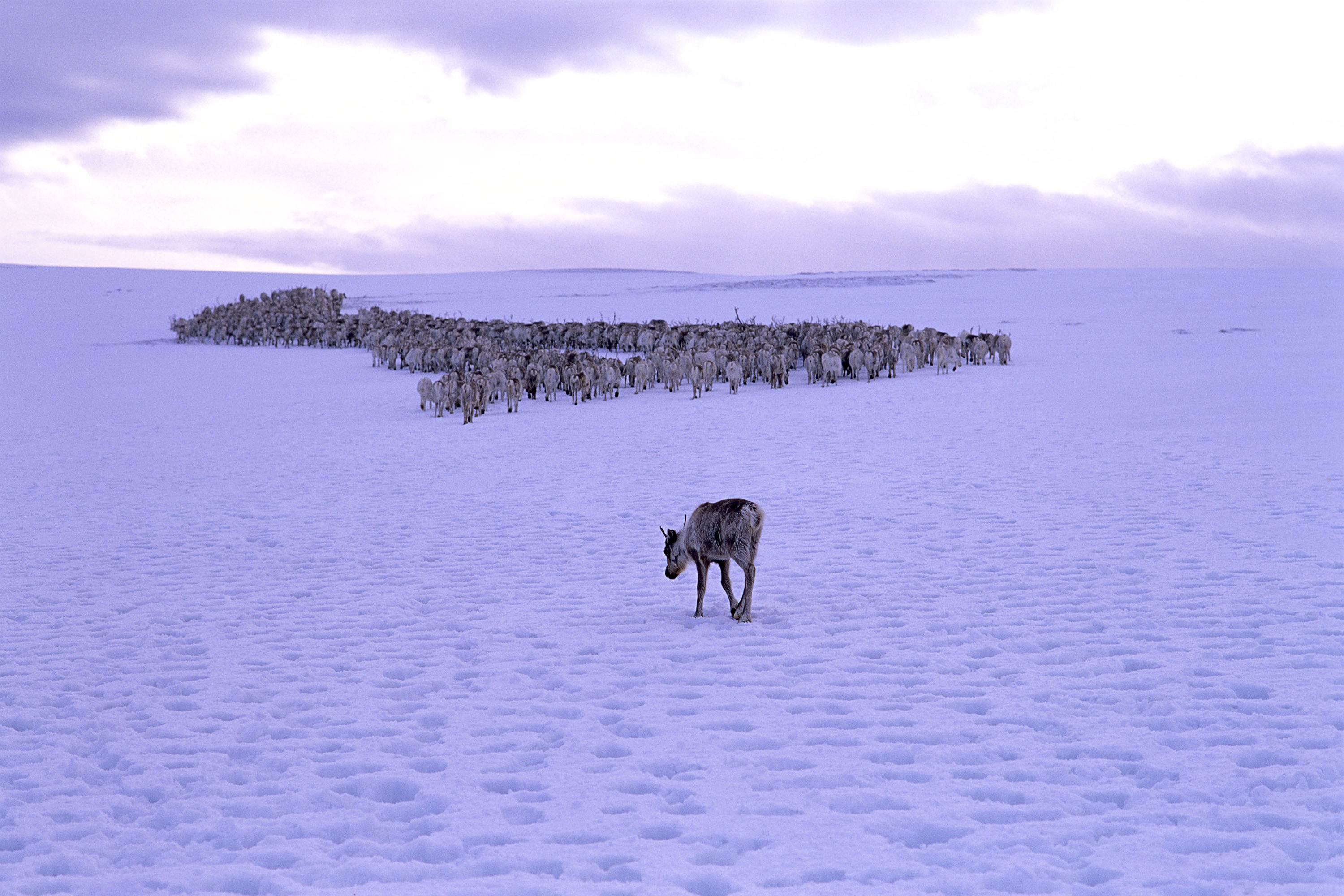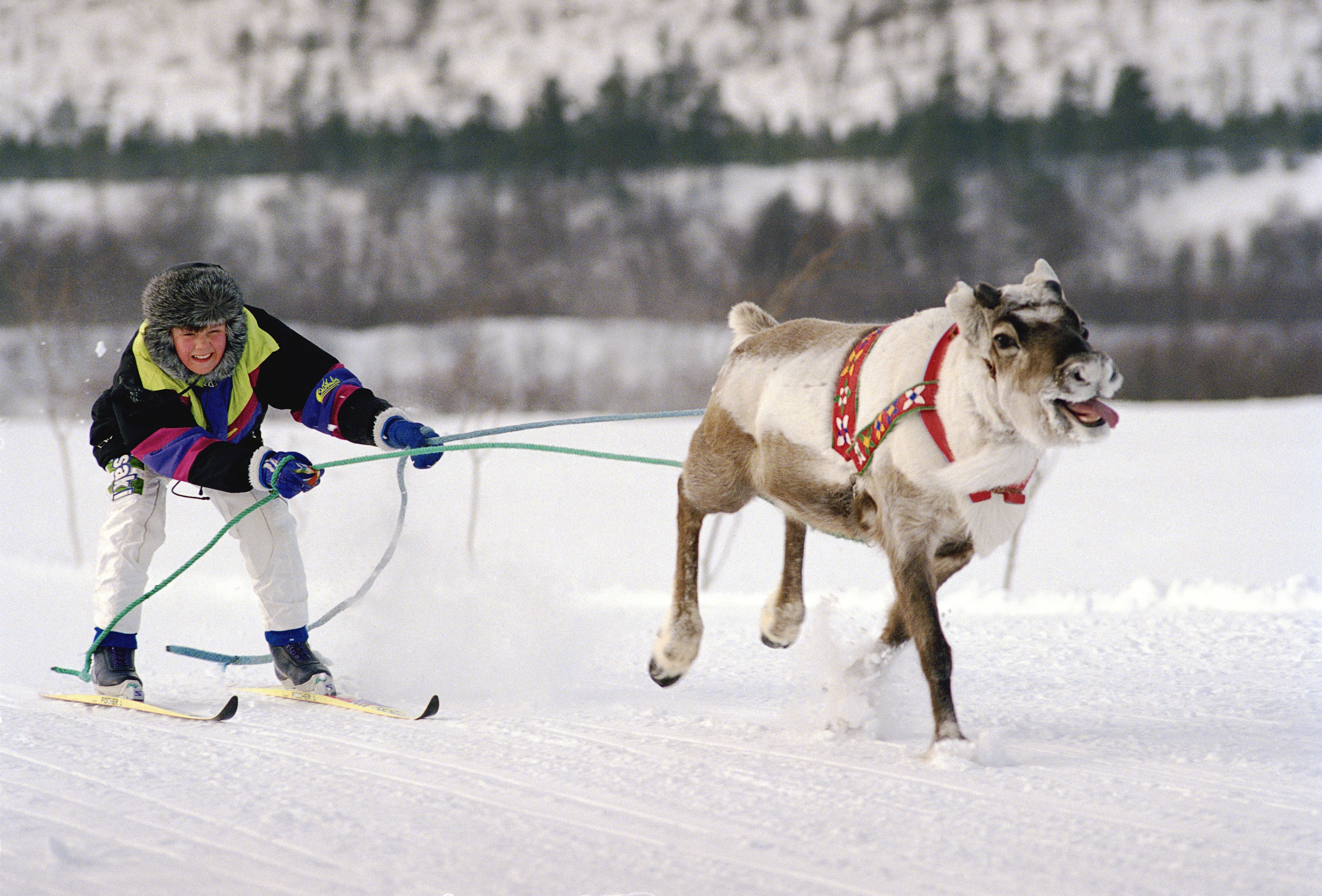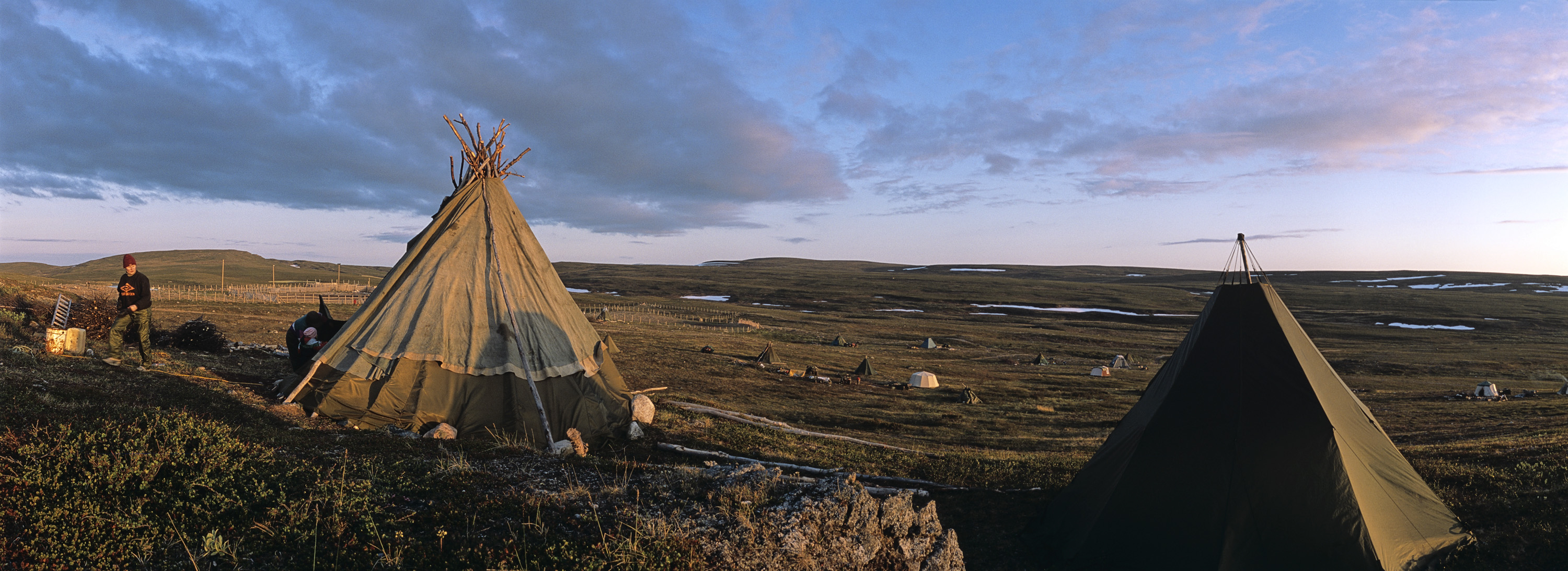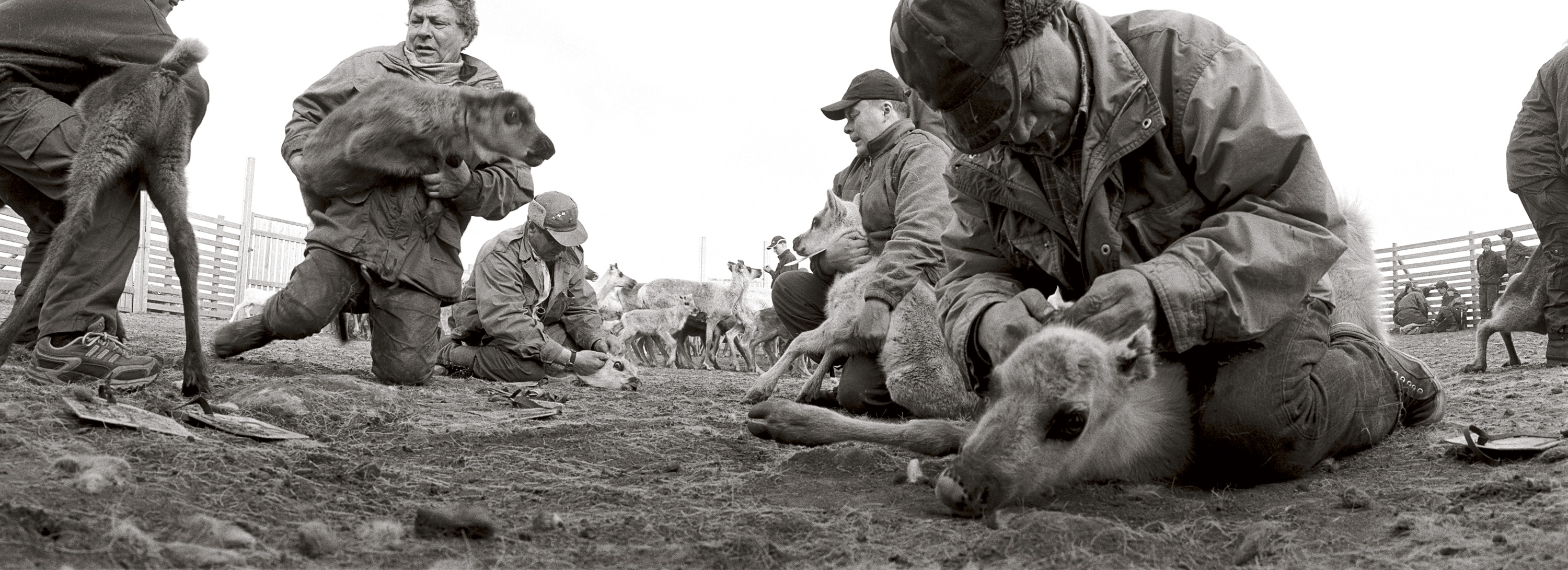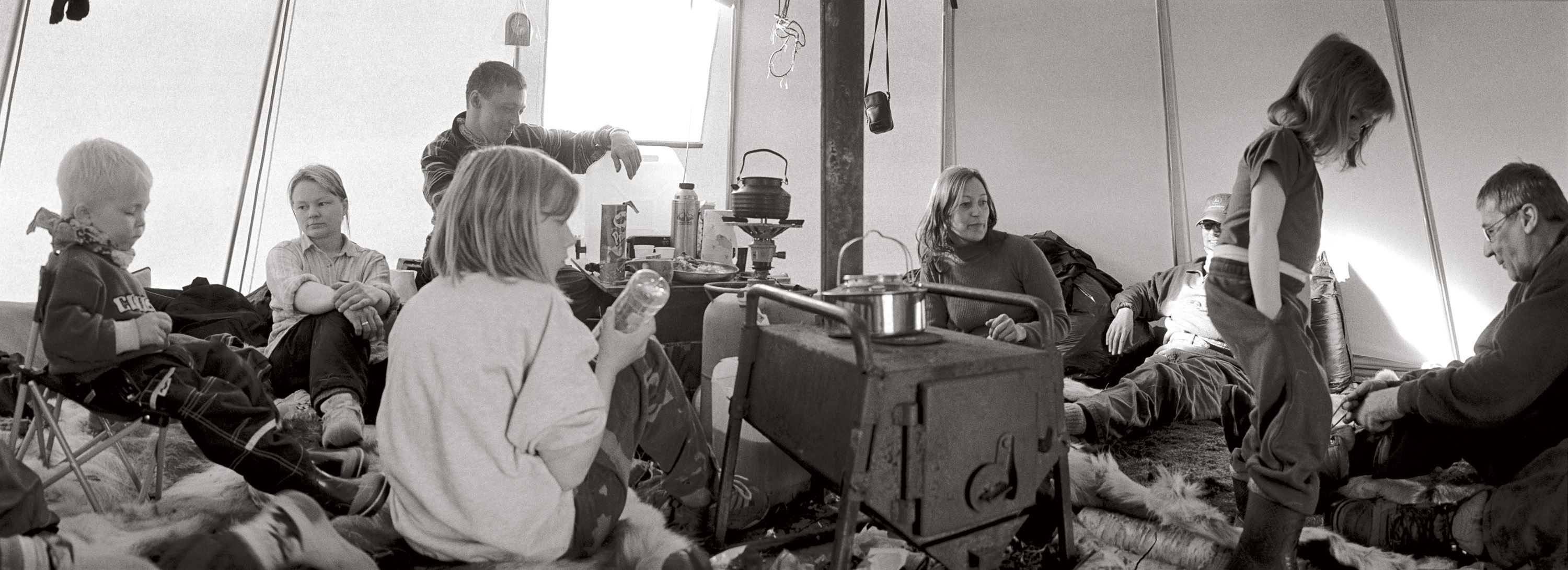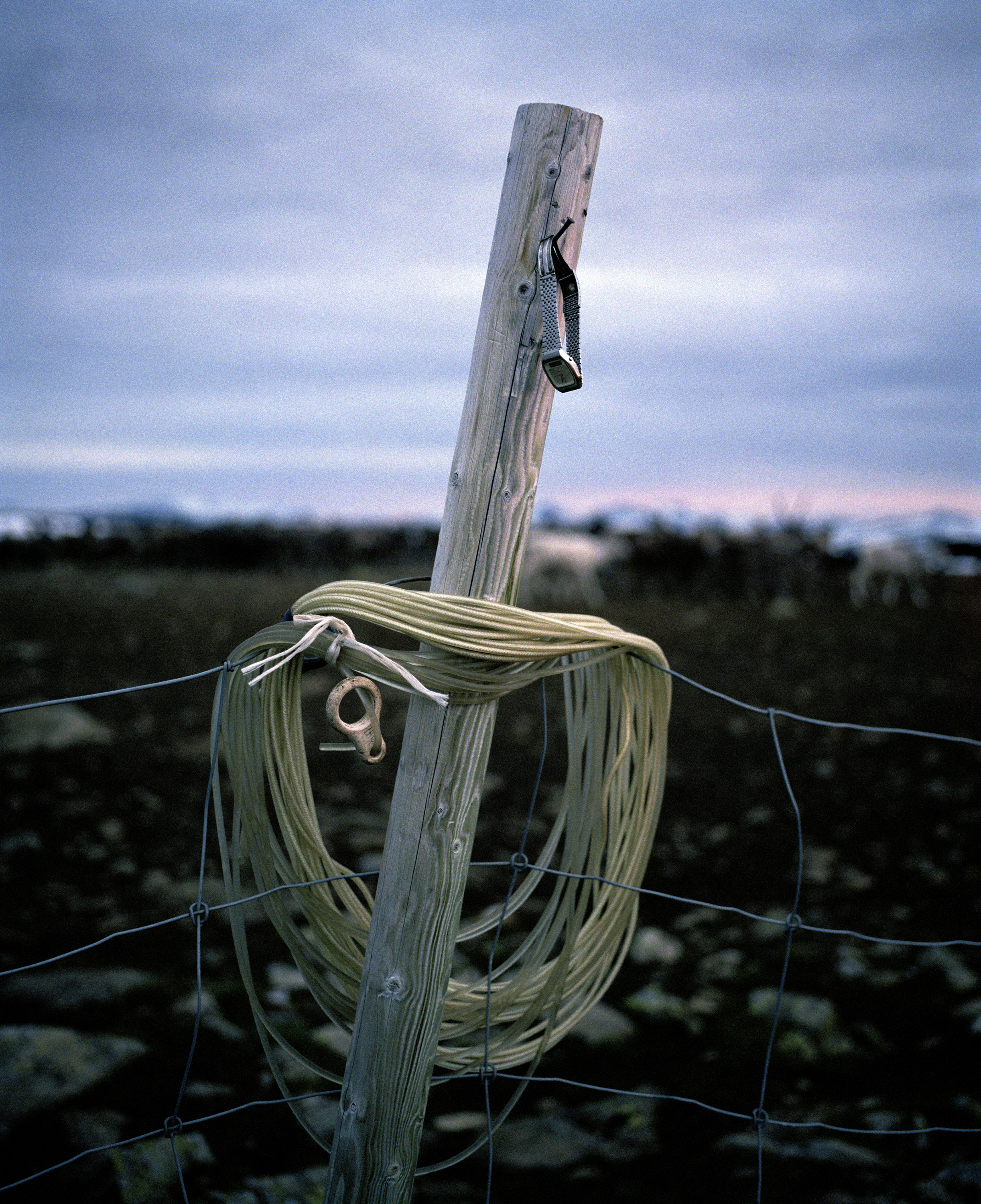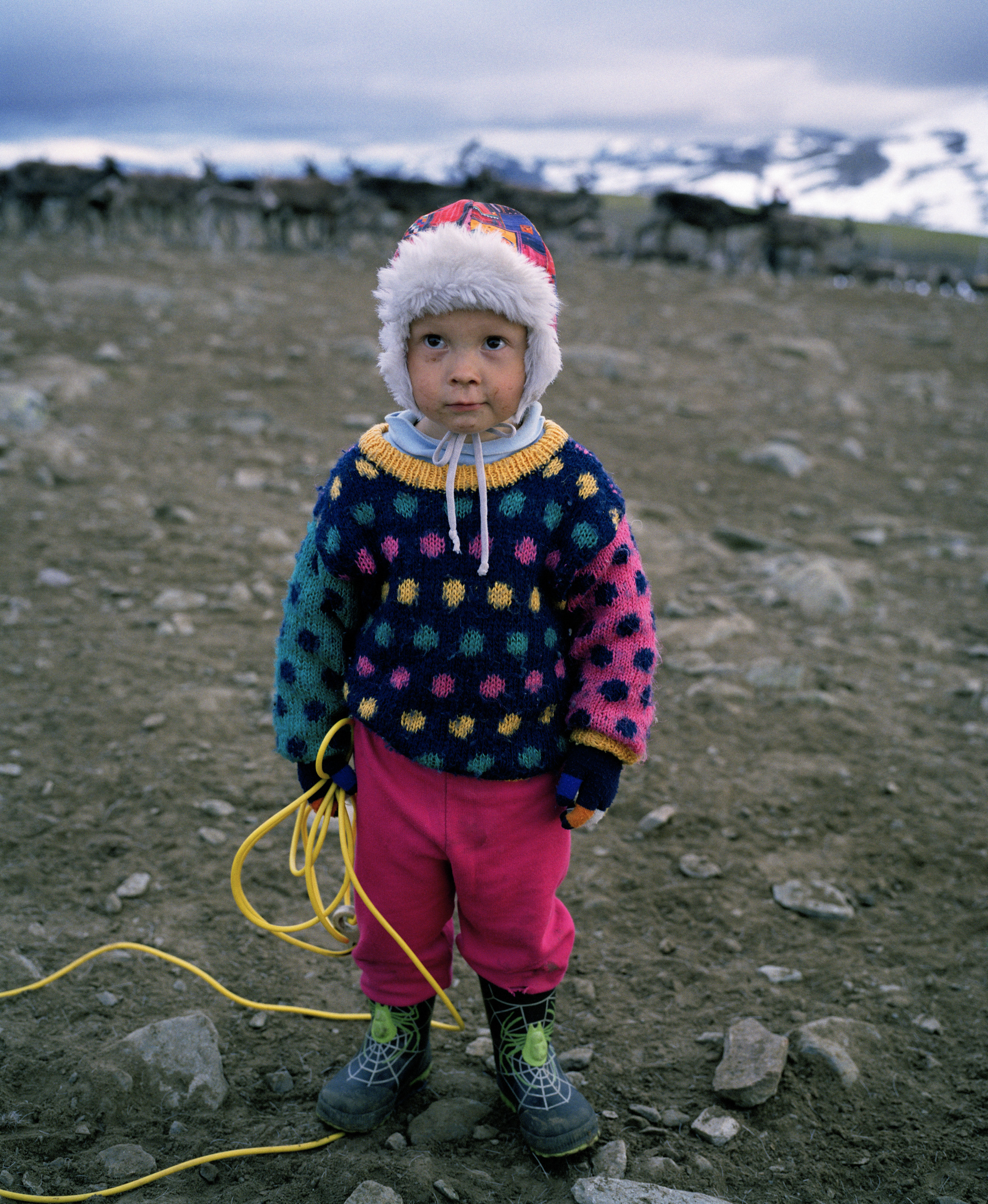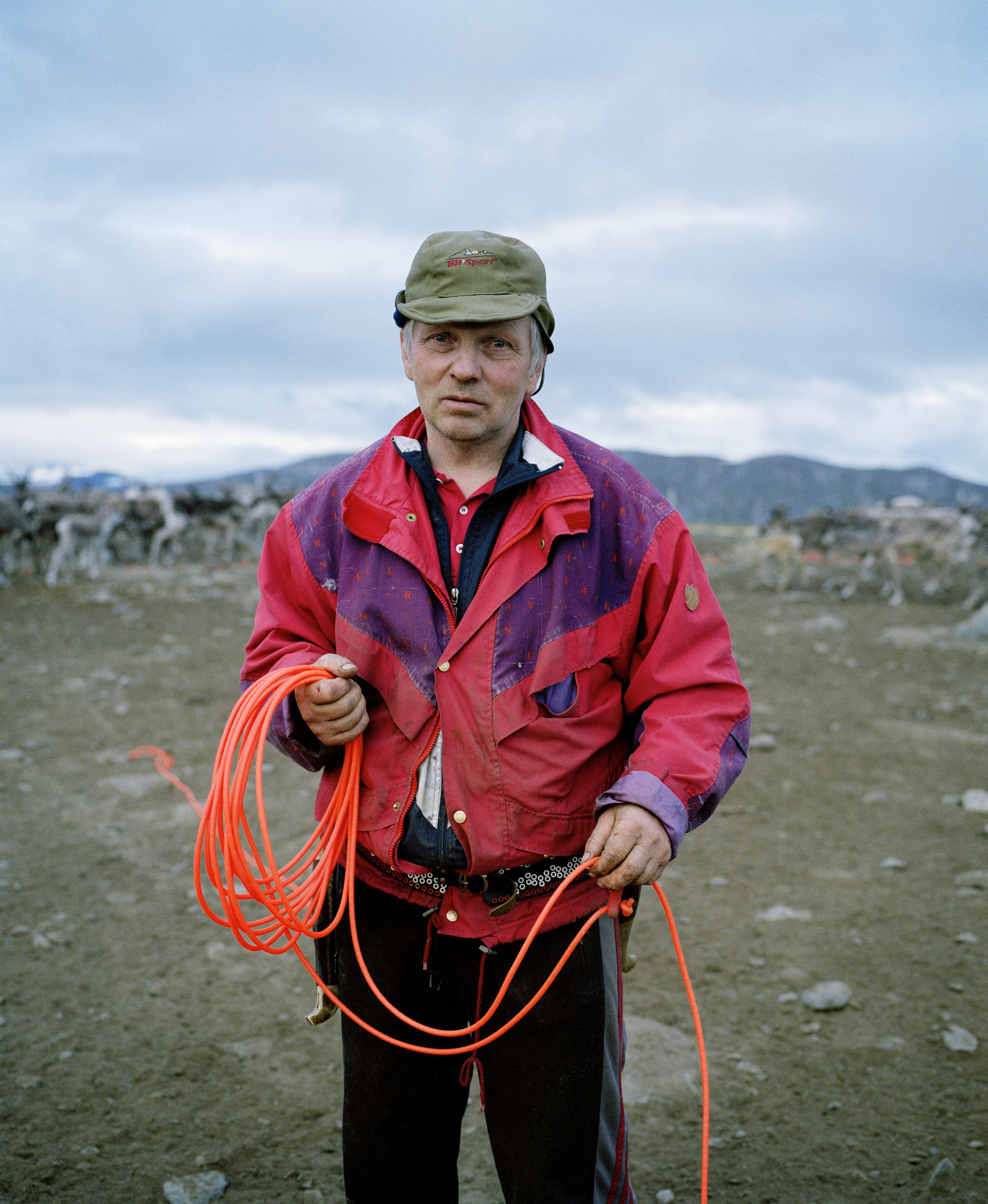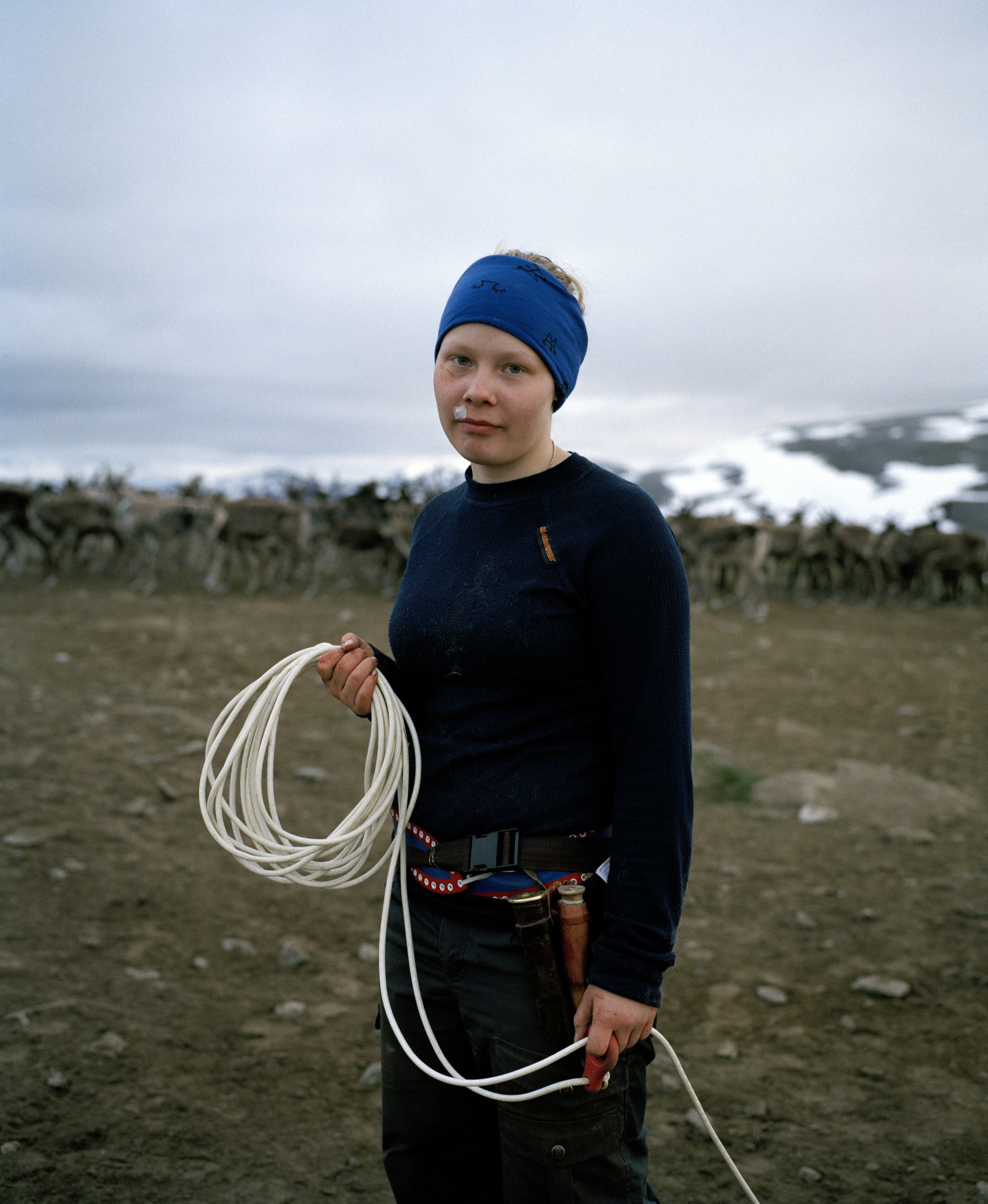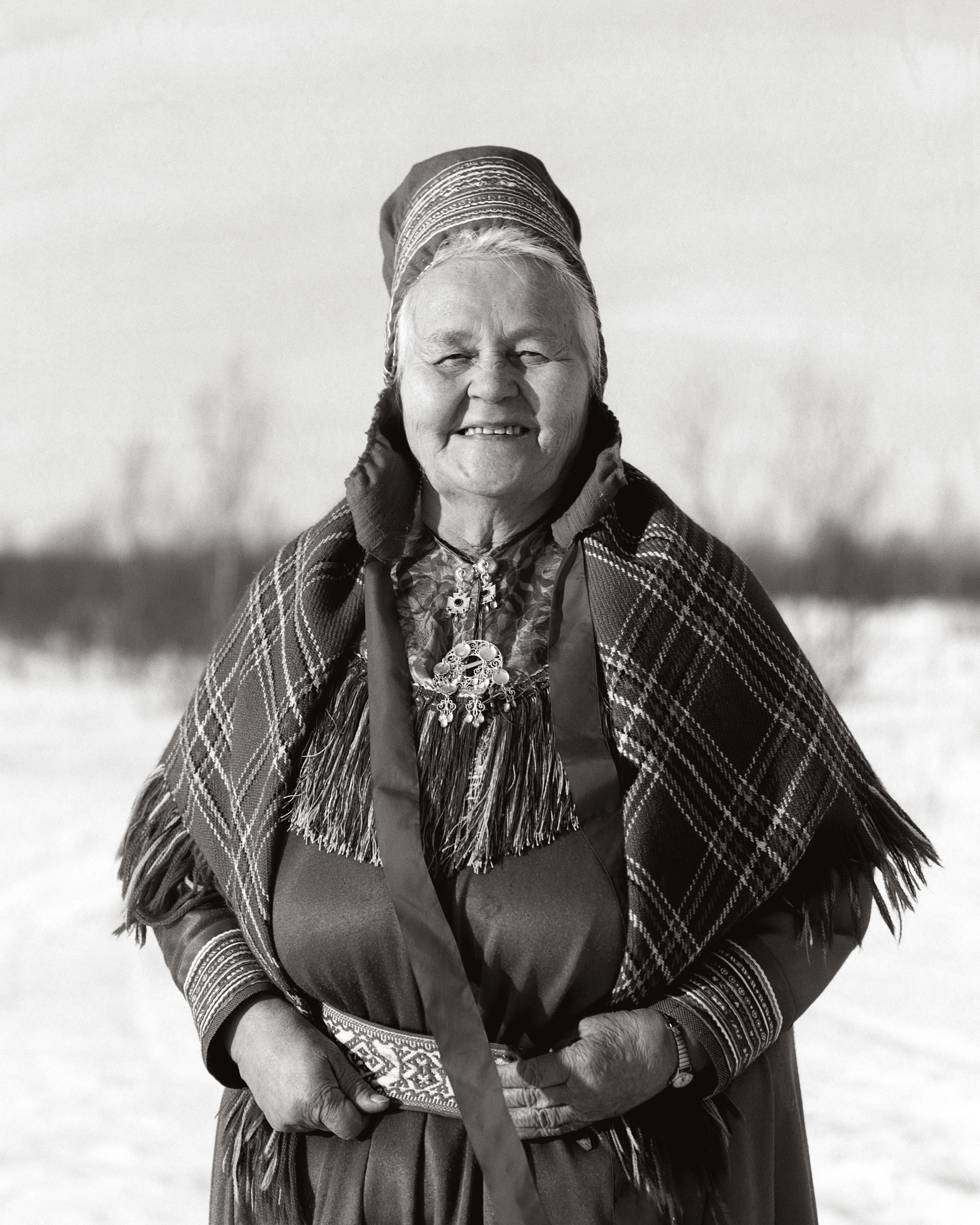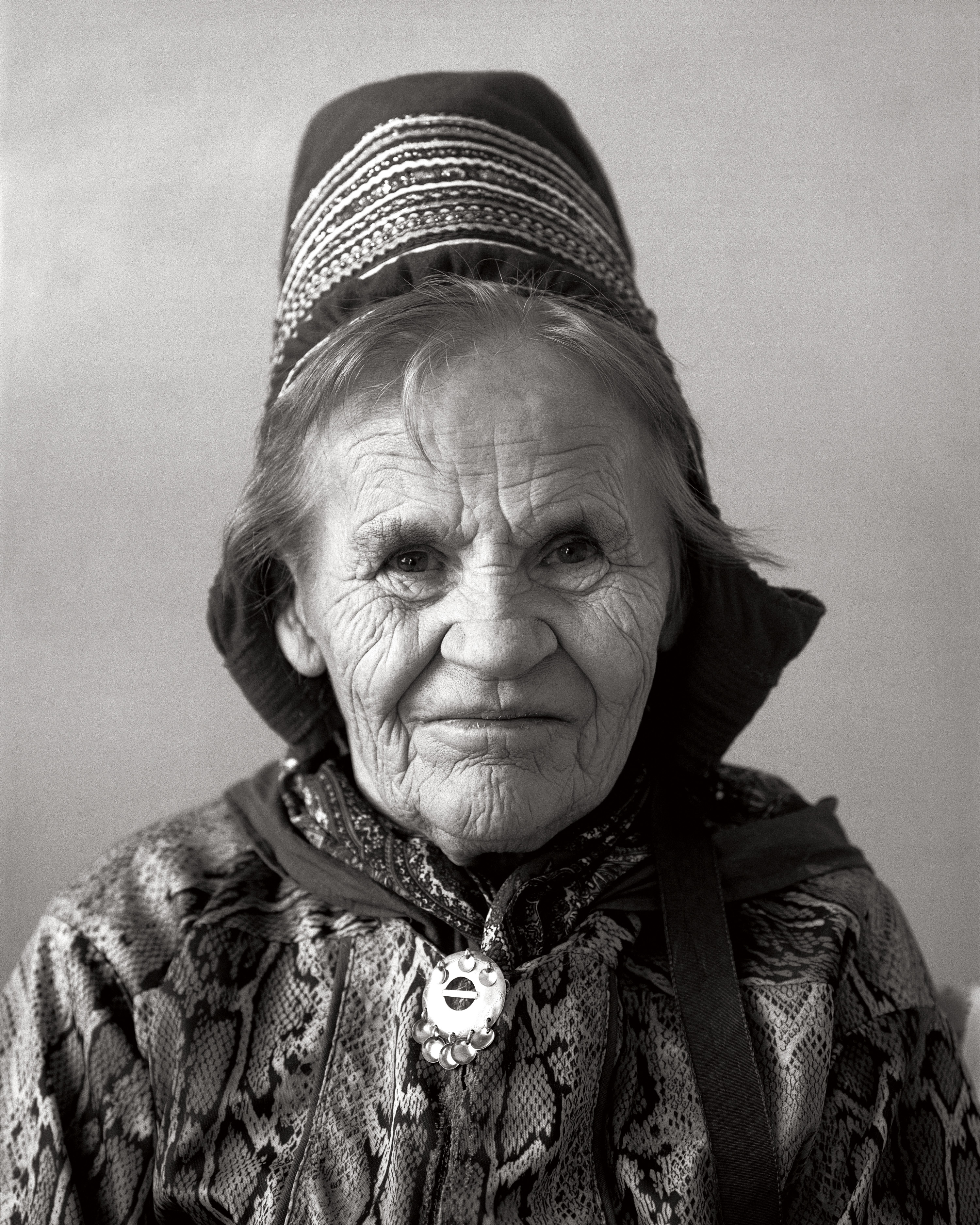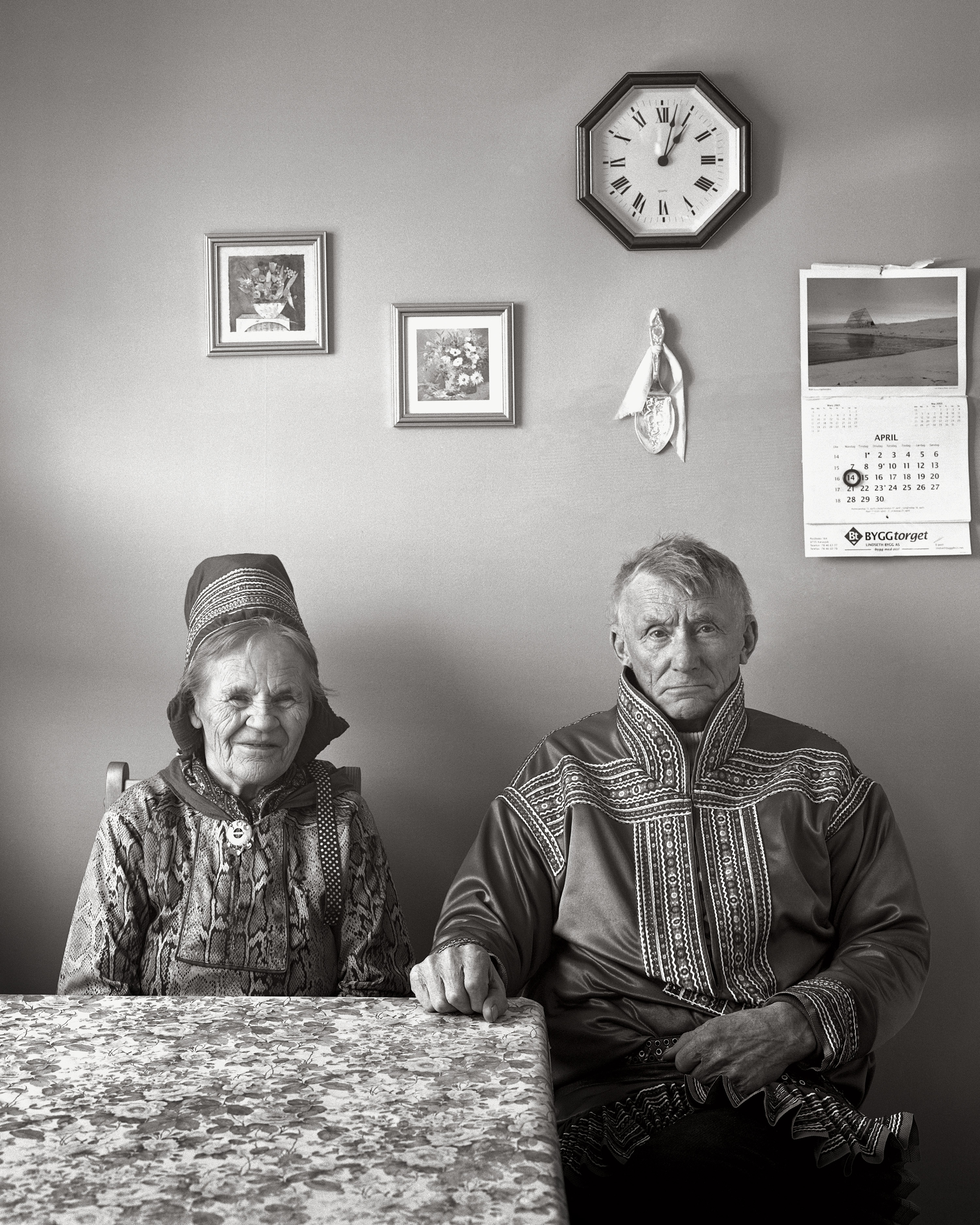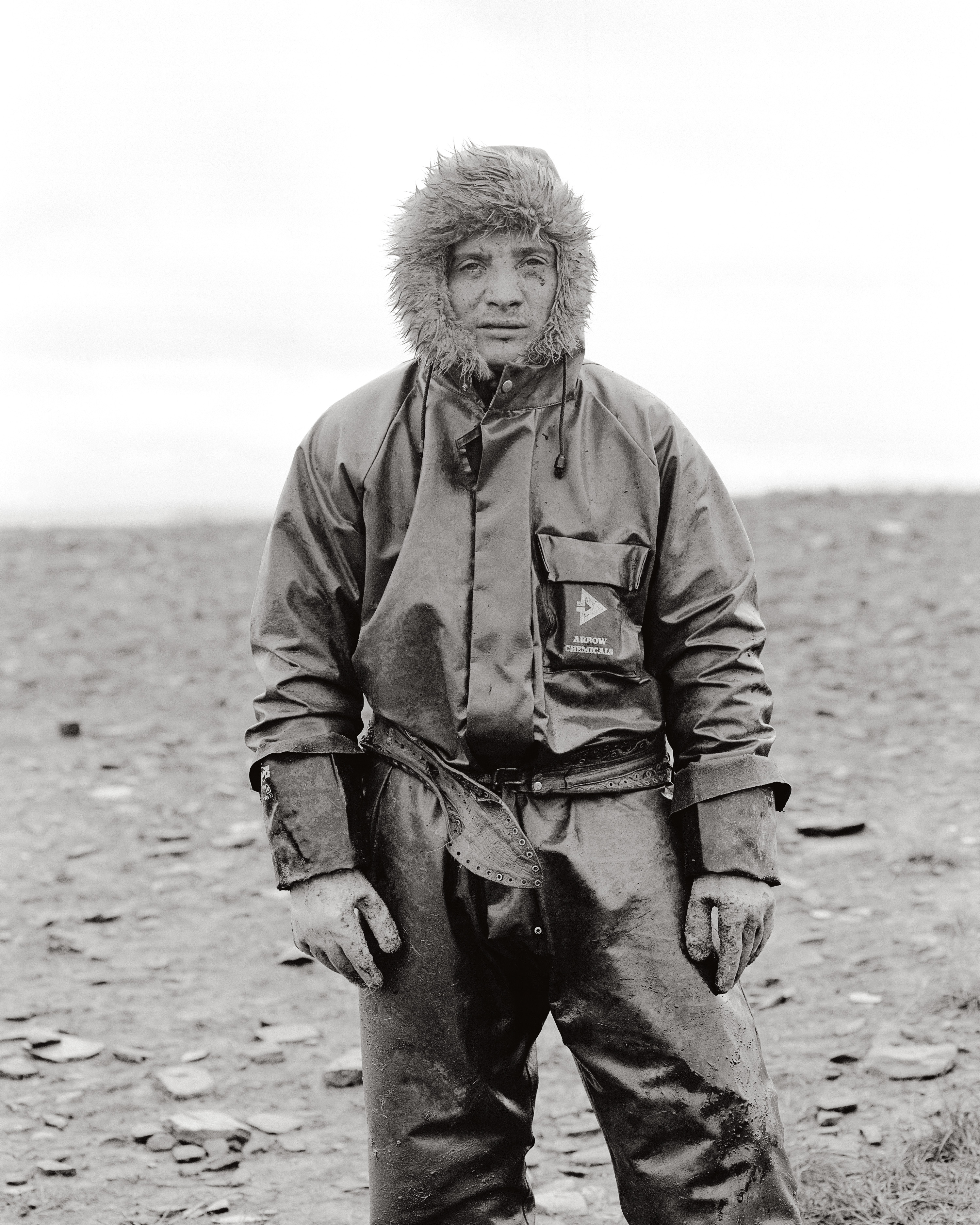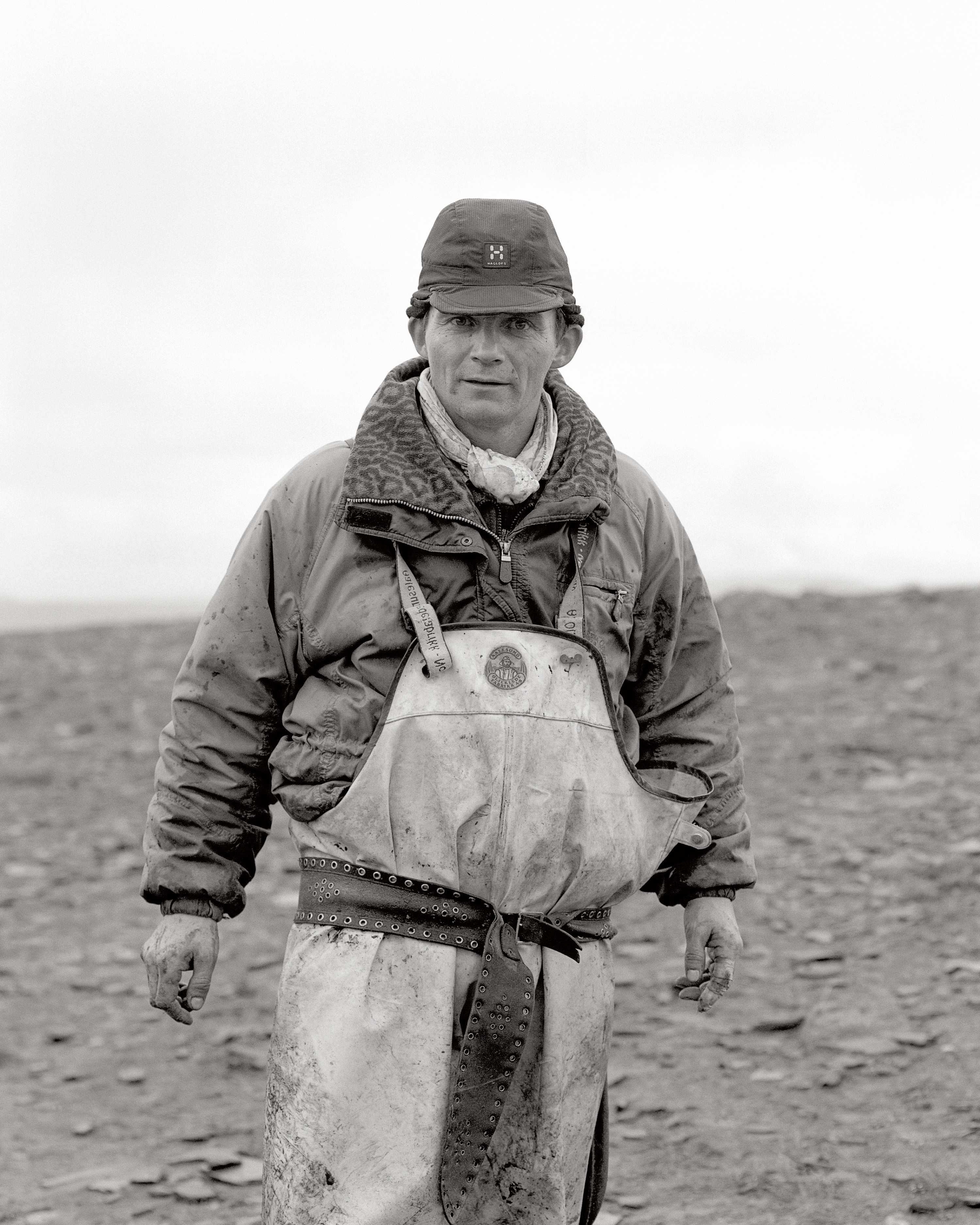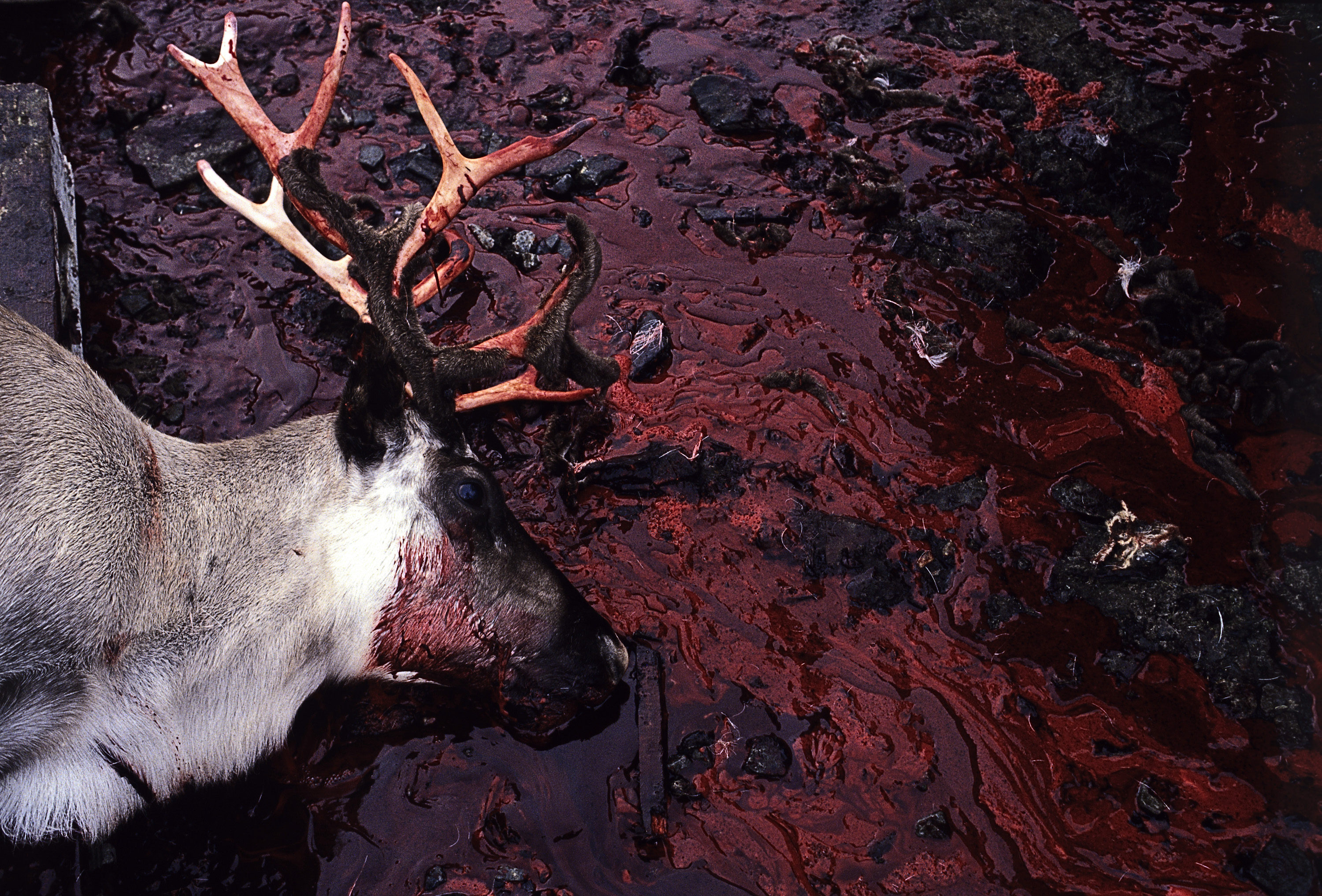
Gallery FROST
The Lives and Culture of the Sami People
The Sami are the indigenous people of northern Scandinavia. Their language and culture is unique to the region. In Norway, the Sami number about 45,000. There are two main types of Sami – the nomadic people and the sea people. My mother belongs to a family of nomadic Sami who have herded reindeer on the northern mountain plains for centuries. My father belongs to the sea Sami, who lived off farming and fisheries.
The nomadic Sami have traditionally moved throughout the region with their reindeer herds. They follow the reindeer across wide expanses of land in northern Norway, Sweden, Finland and Russia. The reindeer has been essential to the survival of the Sami, who have lived in northern Scandinavia for thousands of years. Their culture is one of hardship, driven by the extreme survival skills needed to get through the long grueling winters on the arctic plains, where the temperature can dip below –50 degrees Fahrenheit. The reindeer has been absolutely essential to their existence, providing the Sami with food, clothing, shelter and tools.
Today, only 1,500 Sami are still herding reindeer. Many have moved to different parts of the country, or lead “ordinary” modern lives. As they abandon their traditional way of life, the Sami culture is also rapidly disappearing.
This is the subject of this project, which consists of photographs shot between 1990 and the present. As with many indigenous cultures, the increasingly aggressive onset of modernity and technology quickly supplants the old way of life. Therefore, I want to document this culture before it is completely gone.
Traditionally, the nomadic Sami herded their animals using dogs and sleighs. Today, the most modern Sami employ helicopters, trucks and snowmobiles. The people I photographed still use traditional methods and dogs, but also some modern tools, such as snowmobiles. They have a traditional gender system, where the women make clothing, tools and souvenirs from the reindeer, while the men are the herders. In more modern families, the women work regular jobs and have university degrees, because the traditional trade is not sufficient to employ an entire family.
I have been proud of my Sami identity since I was a child. When I grew up, I took my mother’s maiden name (Utsi) as part of my name.
Like most indigenous peoples around the world, the Sami were oppressed and mistreated. They were not allowed to use their native language in school, but were instead forced to learn Norwegian. My parents could not speak to each other in their mother tongue even during recess. Eventually, this resulted in the Sami rejecting their own culture and heritage. Many Sami emigrated to the United States because of the persecution they experienced in Norway.
This would also affect my life. My parents did not want their children to experience shame and inferiority because they spoke the Sami language and came from a Sami family, so neither my sibling or I learned to speak Sami.
The situation changed in the 1970s. The Sami regained pride in their heritage and identity.
The Norwegian government has formally issued an apology to the Sami people.
